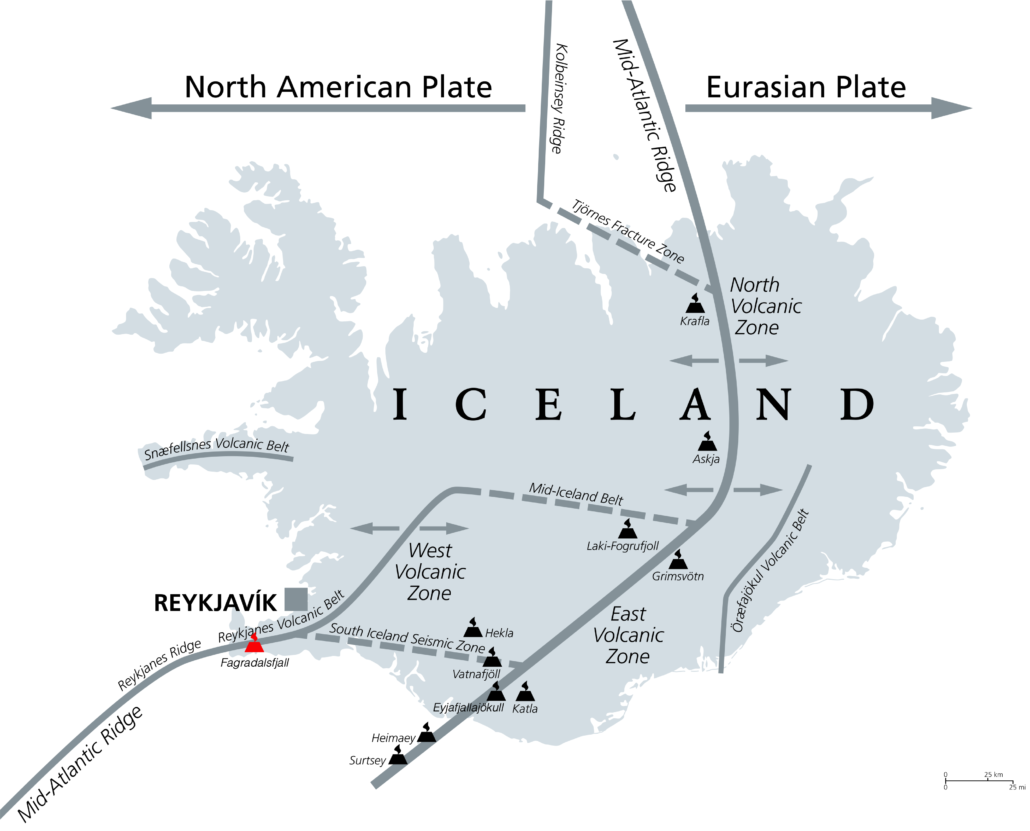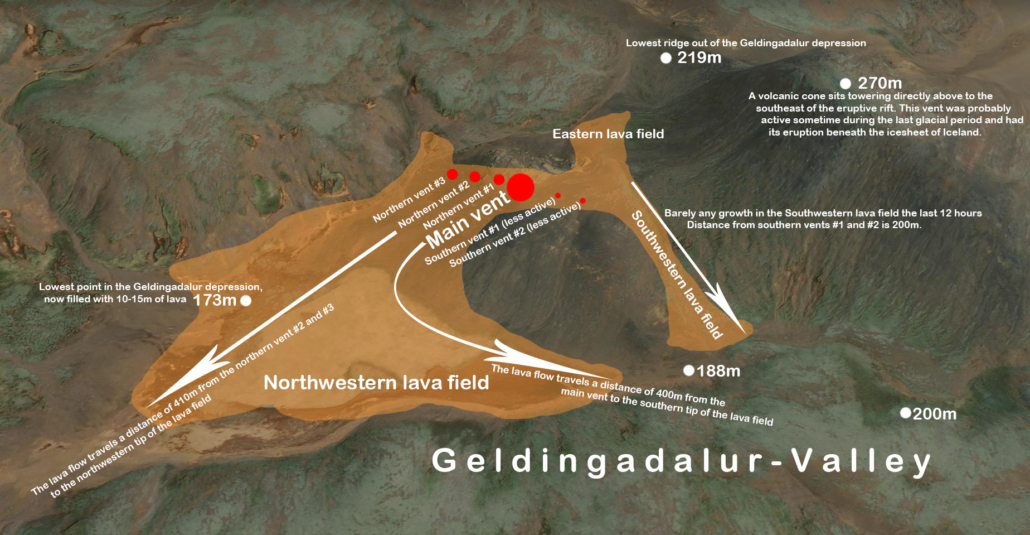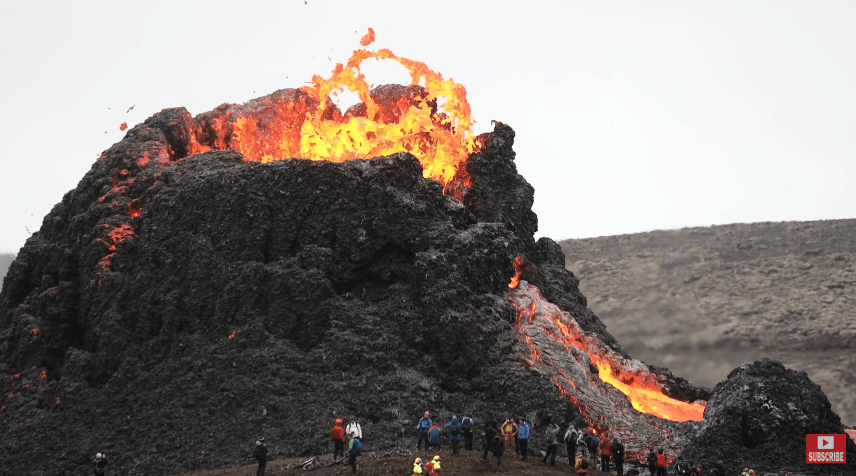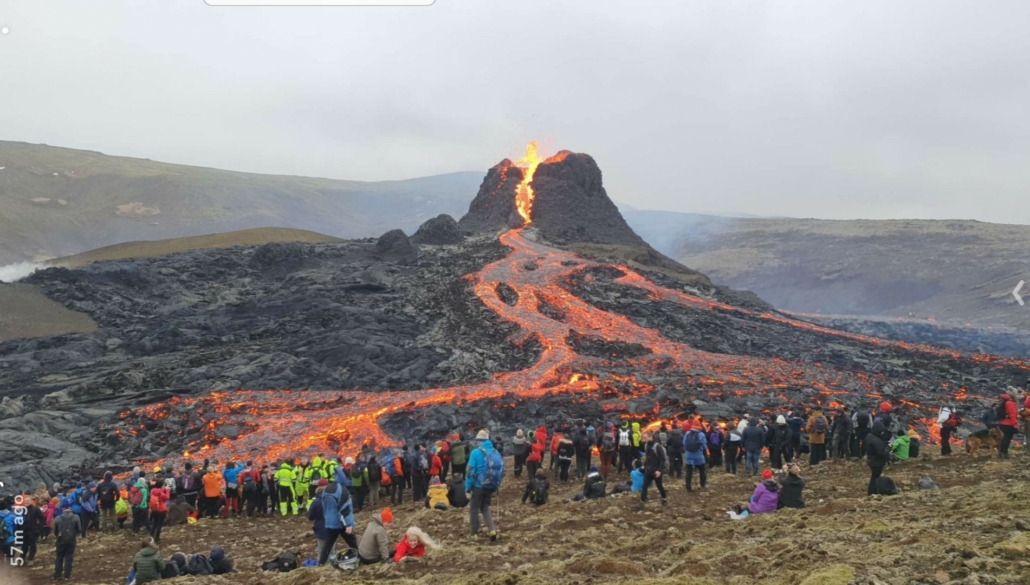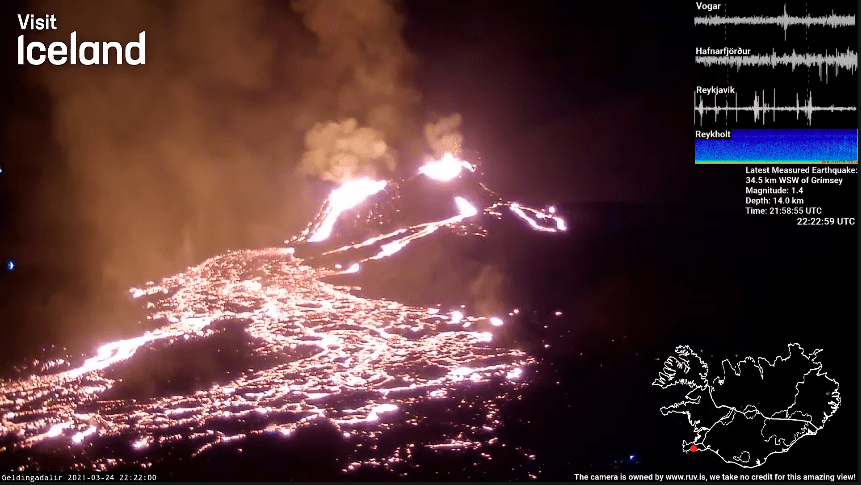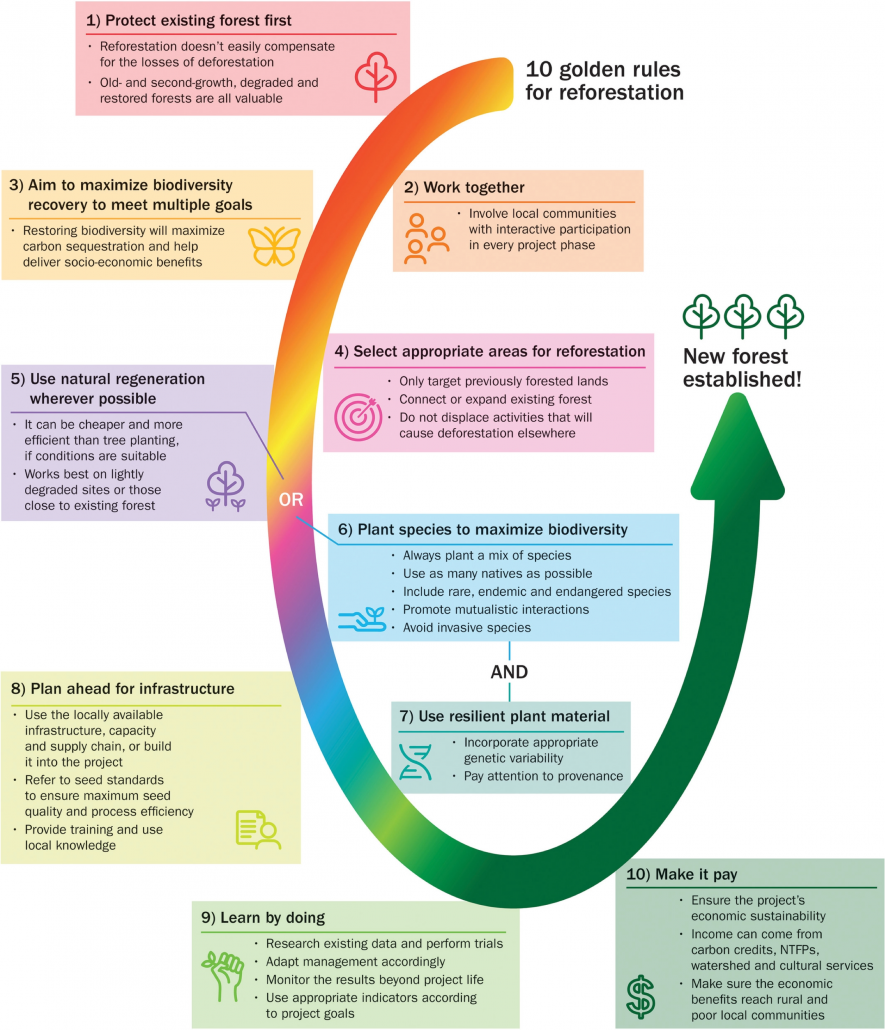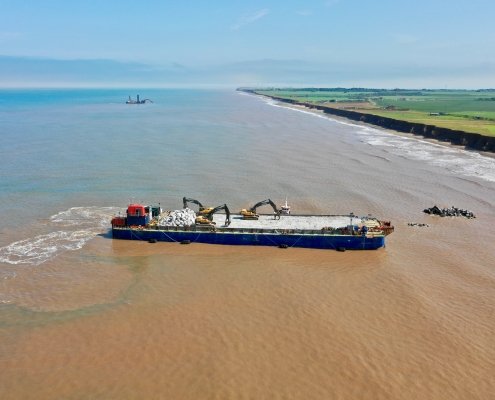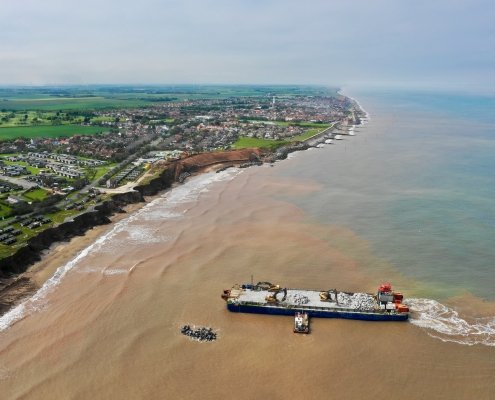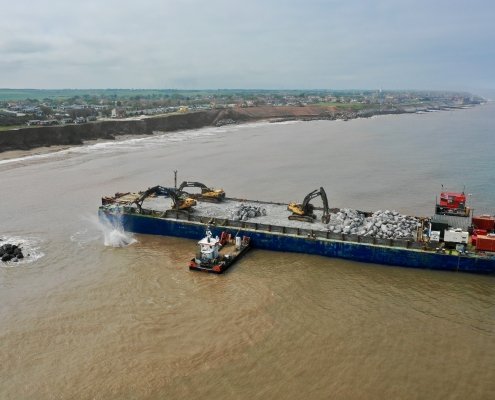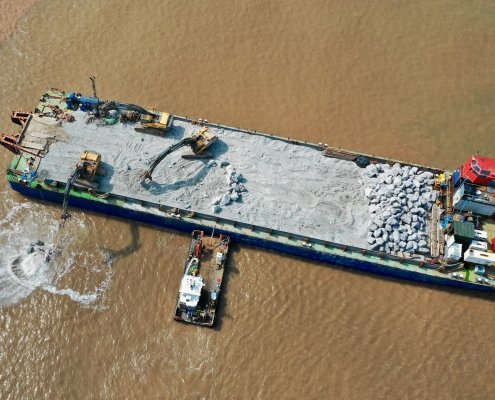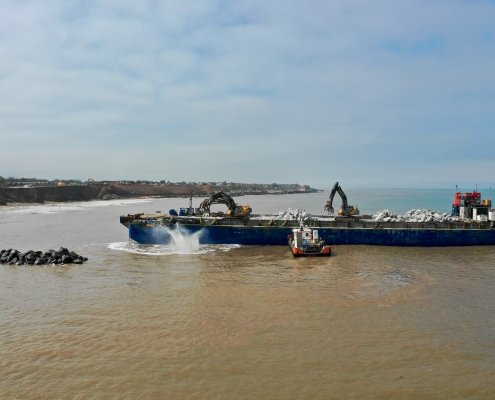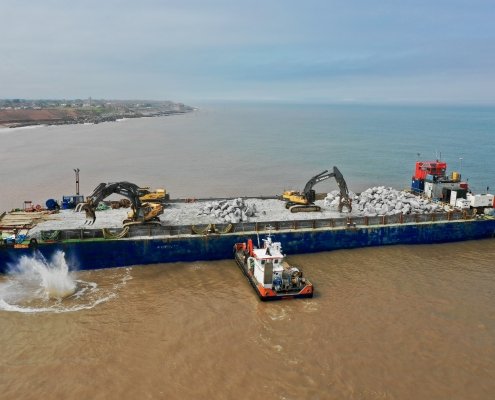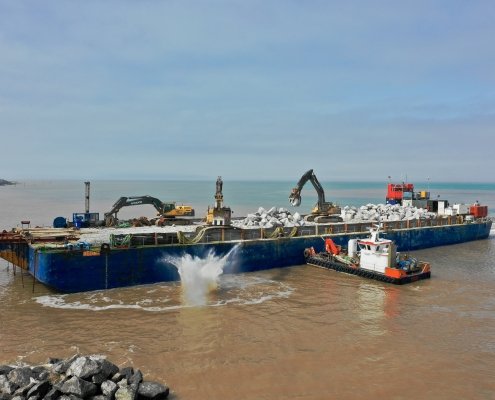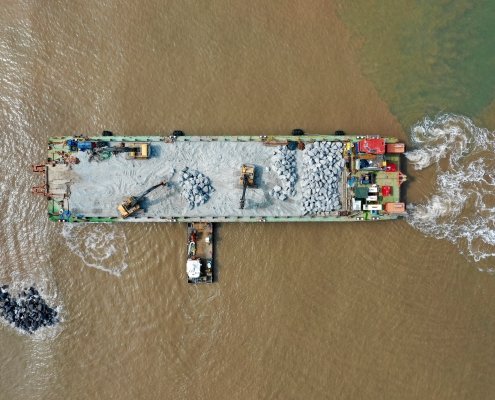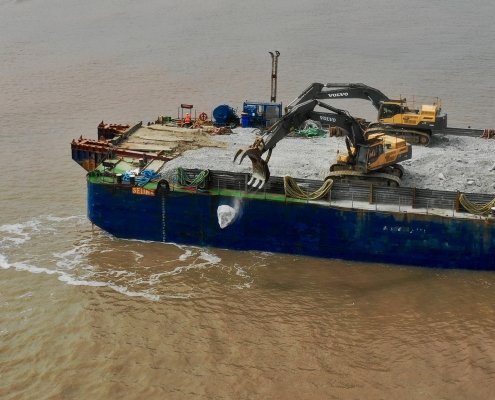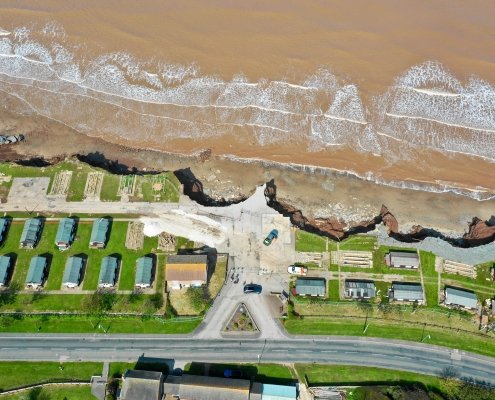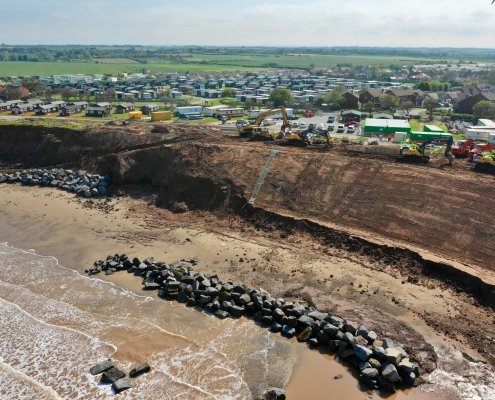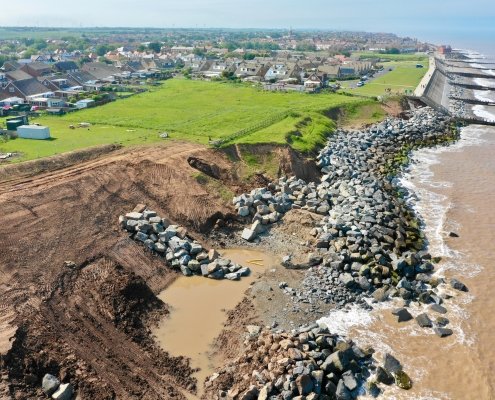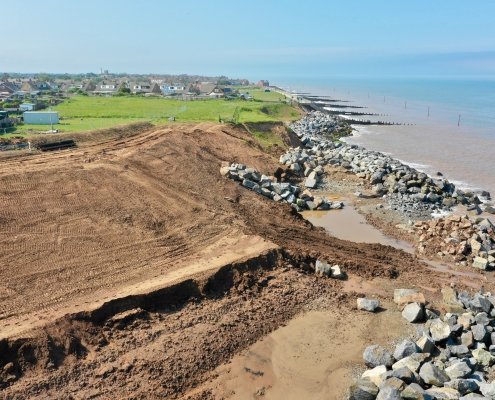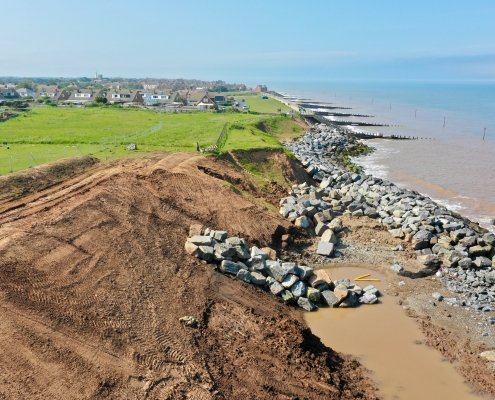Fagradalsfjall Eruption
On Friday 19th March 2021, a volcanic eruption began in south-west Iceland, near the capital, Reykjavik. The eruption near Mount Fagradalsfjall, about 20 miles southwest of Reykjavik, took place at 8:45 pm local time. Molten rock breached the surface in a valley near a flat-topped mountain named Fagradalsfjall (beautiful valley mountain), in the region of Geldingadalur (Dale of the Geldings), six miles from the nearest town.
Immediately following the eruption, Iceland’s prime minister Katrín Jakobsdóttir announced on Twitter, “A volcanic eruption has begun in Fagradalsfjall on the Reykjanes peninsula. We are monitoring the situation closely, and as of now, it is not considered a threat to surrounding towns. We ask people to keep away from the immediate area and stay safe”.
In the four weeks leading to the eruption, more than 50,000 earthquakes occurred on the peninsula, a huge jump from the 1,000-3,000 registered each year since 2014. Several of these earthquakes exceeded magnitude 5.
The eruption occurred on the Reykjanes Peninsula in Gledingadalur valley, close to Fagradalsfjall, a mountain 20 miles south-west from the capital, Reykjavik. Sitting on a landward portion of the continuously spreading Mid-Atlantic Ridge is no stranger to earthquakes. But since late 2019, they have become more frequent and more energetic. Icelanders on the peninsula, particularly those in the coastal town of Grindavík, have had trouble sleeping lately due to the constant shaking.
A fissure (crack in the Earth’s surface), approximately 200 m long, opened, releasing lava. Though considered small, the eruption spewed more than 10 million square feet of lava, sometimes in fountains reaching heights of more than 90 m.
Close up view on the fracture tip from where the magma is erupting #Reykjanes pic.twitter.com/NGXASVjfK2
— Joël Ruch (@VTLAB_Joel) March 20, 2021
Local people were alerted to the eruption when a series of small lava fountains turned the night sky red.
‘Volcanic Eruption and Northern Lights, could it get more Icelandic?’
📷 Piotr Slawomir Latkowski #Iceland #volcano pic.twitter.com/QweGQrLnJc— Zirr (@ItsAzirr) March 20, 2021
Meteorologists said the eruption was small. The area is uninhabited, so the eruption is not expected to present any danger. Lava is trapped within the Geldingadalur valley, which needs to fill with lava at least 25 to 30 metres thick before it pours out of the valley.
The main hazard from the eruption is the potential danger of sulphur dioxide gas.
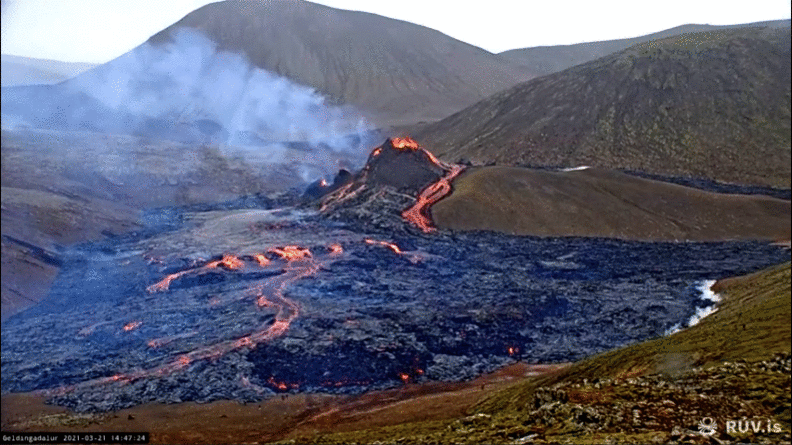
One image was taken every 10 minutes over a 4 hour period on the afternoon of Sunday 21st March 2021. Source images from www.ruv.is
The eruption is the first in this part of Iceland — the Reykjanes Peninsula, home to Reykjavik, where most of the country’s residents live, in 781 years. And it was the first time this particular volcano had erupted in about 6,000 years.
Experts say around 300,000 cubic metres (10.5 million cubic feet) of lava have poured out, but the eruption is deemed to be relatively small and controlled.
Lava first poured out of a meandering fissure, however over the weekend, the eruption focused its output on a single spot, building a steep, towering cauldron of freshly cooled rock. Smooth rivers of lava crept around blockier, rubble-like lava. Lava flowing at a steady pace caused the cone to suffer a few partial collapses as it flung blobs of lava across the scorched earth.
Ejected molten lava lands on the sides of the vent and solidifies, and over time builds a cone around the vent. This is typical of effusive fissure eruptions of basaltic lava. The spatter cone is relatively weak and is susceptible to collapse. When this occurs, large volumes of lava flow out of the vent rapidly as now unconfined lava. These events are unpredictable and can immediately change the direction and speed of a lava flow, as shown. The video below features the partial collapse of the spatter cone.
The tourists below put themselves at risk by getting so close to the spatter cone.
The site was initially blocked off, but from the afternoon of Saturday 20th, March 2021, people were allowed to make the trek. People hiked to the area over the weekend to witness the eruption up close, and local helicopter companies are offering tours from Reykjavik.
By Monday, the site was blocked again due to high gas pollution levels and poor weather conditions. Emergency services had to rescue several people from the area on Sunday evening.
Now that magma has reached the surface, the earthquakes have mostly subsided.
On Wednesday, 24th April, the main cone was joined by another large cone, formed when two smaller ones merged.
Iceland frequently experiences earthquakes and volcanic eruptions because it sits between two tectonic plates (the North American and Eurasian plate), moving in opposite directions, forming a constructive plate margin.
Geologists describe the eruption as “effusive”, in which lava flows out of the volcano onto the ground, as opposed to “explosive”, wherein magma is violently fragmented and rapidly expelled from a volcano.
Scientists suggest the heightened volcanic activity represents a transition from a gradual opening of the Mid-Atlantic rift to a considerably more dramatic phase when both sides of the Reykjanes Peninsula are rapidly pulled apart. When a geologic rift quickly pulls the land apart like this, it creates a space, and magma rushes up to fill it in.
Scientists on site made use of nature to cook up a meal!
Unlike the eruption in 2010 of the Eyjafjallajökull volcano, which halted approximately 900,000 flights and forced hundreds of Icelanders from their homes, this eruption is not expected to spew much ash or smoke into the atmosphere.
Below are resources covering the current eruption of Fagradalsfjall, Iceland.
Geography in the News
Download our Geography in the News resource covering the eruption of Fagradalsfjall
Pre eruption
Iceland shaken by more than 50,000 earthquakes in three weeks
A great video introduction to the eruption, featuring monitoring before the eruption – BBC News
Scientists in Iceland say ‘strong signs’ volcanic eruption is imminent
Several days of tremors near Mount Keilir indicate it is ‘more likely than not’ an eruption is about to begin – The Guardian
Eruption
Icelandic volcano erupts near Reykjavik
Nighttime aerial video – BBC News
Iceland volcano: eruption underway on mountain near Reykjavik
A video report overview – The Guardian
360 Image
Take a look at this 360° image of the volcano, which clearly puts its site in context.
Drone Footage
Close-up footage of the eruption.
Iceland, yesterday. A peek into the inferno of our Earth.
(video Chris Burkard https://t.co/Ba8Eh0SJbX) pic.twitter.com/QEMOv8X6ug
— Chris Hadfield (@Cmdr_Hadfield) March 20, 2021
View this post on Instagram
Live webcam
A webcam is now broadcasting live from Fagradalsfjall, facing Geldingadalur – RUV
The webcam is broadcasting on YouTube.
The Fracture Tip
Close up view on the fracture tip from where the magma is erupting #Reykjanes pic.twitter.com/NGXASVjfK2
— Joël Ruch (@VTLAB_Joel) March 20, 2021
A wonderful video produced by Gudmann & Gyda
Stunning night time footage of the eruption
Iceland volcano: Lava-spewing Fagradalsfjall ‘subsiding.’
The eruption that started on Friday 19th March 2021 near Iceland’s capital Reykjavik seems to be subsiding, scientists say. – BBC News – update: they clearly got this wrong!
Mount Etna
Europe’s most active volcano, Mount Etna, has been hitting the headlines recently after a series of spectacular eruptions. In Etna’s first eruption of 2021, explosive lava fountains reached over 1500 m in one of the most amazing eruptions in decades.
Mount Etna, located on the island of Sicily, has been largely dormant for the past two years. The stratovolcano (composite) dominates the skyline of the Italian island, where it sits on the eastern coast.
Located between the cities of Messina and Catania, it is the highest active volcano in Europe outside the Caucasus – a region between the Black Sea and the Caspian Sea – and the highest peak in Italy south of the Alps.
The recent activity is typical of a strombolian eruption among the normal activities of the more than 3,300-metre-high volcano. The recent eruption is the strongest explosion in the southern crater since it was discovered in 1971.
On Monday 22nd February 2021, at around 11 pm, the lava fountains, surrounded by gigantic clouds of smoke, exceeded 1,500 metres (4,900ft) in height, while thousands of rock fragments, some the size of fridges, were thrown from the crater into the sky for several kilometres.
Etna is a hyperactive volcano with over 3,500 years of historically documented eruptions. The volcano has been erupting on and off since September 2013. Since September 2019, it’s been erupting from its various summit craters virtually continuously. In December 2020, Etna’s explosive activity and lava output began to spike, and in February 2021, it has been launching fluid lava skywards.
Etna is an unusual volcano in that it can produce explosive eruptions of runny lava and release slower flowing, thick lava flows. Scientists are still trying to work out why this is the case.
The magma from the latest eruption appears to be coming up from deep within the mantle. Extremely hot, fluid magma is rapidly rising through the network of conduits within and below the volcano. However, there is another factor that is contributing to the current explosive eruptions.
There are high quantities of water vapour in Etna’s magma, which makes it explosive. The water does not cool the magma. As the molten magma approaches the surface, the pressure drops, and the bubble of water vapour expands violently, leading to lava being ejected out of the volcano.
Following each explosive lava fountain, less gassy magma lingers just below the vent. This is then cleared when a new volley of gassy magma rises from below. These explosive eruptions are known as volcanic paroxysms.
Authorities have reported no danger to the nearby towns, however, local airports have been temporarily closed, as has the airspace around the volcano. Etna’s last major eruption was in 1992. Despite the explosive nature of the recent eruption, there is no risk to the population, other than from the ash that covers buildings and smoke that can, after a few hours, cause breathing problems. In March 2017 vulcanologists, tourists and a BBC film crew were injured during an eruption when a flow of lava ran into snow, producing superheated steam that sent fragments of rock flying in all directions.
Further reading
For a Volcanologist Living on Mount Etna, the Latest Eruption Is a Delight – Advisory – this article contains expletives (swear words).
In Pictures: Mount Etna eruption lights up Sicily’s night sky
Mount Etna: BBC crew caught up in volcano blast
Mount Etna illuminates night sky with 1,500-metre lava fountain
Ten Golden Rules for Tree-Planting
Scientists have proposed ten golden rules for tree-planting, which they believe is a top priority for all nations this decade.
Experts from the Royal Botanic Gardens, Kew say that planting trees is a brilliant solution to tackling climate change and protecting biodiversity; however, the wrong tree in the wrong place can cause more harm than good.
Forests are essential to life on Earth. Not only do they provide habitats to three-quarters of the world’s plants and animals, but they also offer food, fuels and medicines as well as soaking up carbon.
However, forests are disappearing at an alarming rate. An area of pristine tropical rainforest the size of Denmark is lost every year.
Reforestation, the restoration of forests that have recently been lost, could protect biodiversity and help fight global climate change by removing huge amounts of carbon dioxide from the atmosphere. There is a range of ambitious tree-planting projects happening around the world to replace lost forests.
The UK Government aims to plant 30,000 hectares (300 sq km) of new forest every year by the end of this parliament.
There is an ambitious project in Africa to grow a green wall of trees spanning 5000 miles (8,048km) across the entire continent, from east to west. The project, which will become the largest living structure on Earth, will help fight the climate crisis and combat desertification.
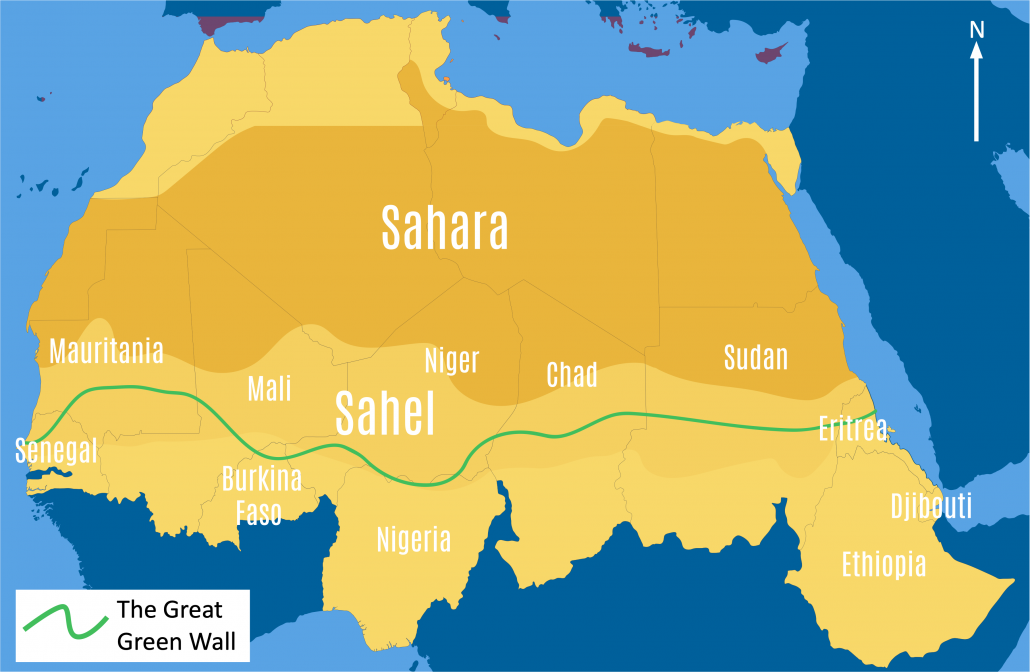
Planting trees is an essential solution to protecting biodiversity and combatting climate change. However, the process is surprisingly complex. The right trees have to be planted in the right place, if not it can cause more damage than food.
Natural forests, containing a wide range of plants, animals, and fungi, are often replaced by commercial plantations where trees are harvested after a few decades. Afforestation is more effective when people try to recreate forests similar to natural forests and provide benefits to people, the environment and nature, and capturing carbon.
A recent review led by Kew scientists and Botanic Gardens Conservation International (BGCI) proposes ‘ten golden rules for reforestation’ to boost benefits for people and the planet. The rules are:
- Protect existing forest first
- Work with local people
- Maximise biodiversity recovery to meet multiple goals
- Select the right area for reforestation
- Use natural forest regrowth wherever possible
- Select the right tree species that can maximise biodiversity
- Make sure the trees are resilient to adapt to a changing climate
- Plan ahead
- Learn by doing
- Make it pay
An overview of each rule is summarised in the diagram below.
Further details of each step are available on the Kew Gardens website.
Further reading
10 Golden rules for restoring forests – RBG Kew
Support for Geography in the News Assignment
Describe the distribution of forest change shown on the choropleth map
This question is asking you to describe the distribution (spread) of forest change shown on the choropleth (shading) map. As this is an interactive choropleth map you can click on the colours in the scale to highlight the patterns. Describing patterns on a choropleth map is easy using the TEA tool as it provides a structure to your answer. TEA stands for trend, examples and anomalies.
Trend
To begin with, it is useful to include an opening statement about the general distribution (pattern/spread) shown on the map. You could do this by asking yourself does the choropleth map show the global annual change in forest area in 2015 even or uneven?
Paragraph starter: The global annual change in forest area in 2015 is even/uneven.
Examples
Next, you need to discuss the patterns on the map giving examples. You could consider:
- What continents/countries are experiencing a decline in forest area?
- Are the countries mainly HICs, NEEs or LICs?
- Are they near the equator or further away?
- Are they inland or coastal?
- What continents/countries are experiencing an increase in forest area?
- Are the countries mainly HICs, NEEs or LICs?
- Are they near the equator or further away?
- Are they inland or coastal?
Anomalies
Finally, consider any patterns/examples that stand out. In this example, are there any HICs (wealthy countries) that are experiencing high levels of decline in forest cover – top tip – check out North America!)? Are there any LICs/NEEs that are experiencing high levels of forest cover increase (have a look at Asia!)?
Storm Christoph
Storm Christoph is the third named storm of the 2020/2021 season and the first of 2021, following Storm Aiden on October 30 and Storm Bella on Boxing Day 2020.
Storm Christoph was a slow-moving Atlantic depression, which brought a variety of weather to the UK between the 19th and 21st of January 2021. The storm system moved across the UK from west to east.
#StormChristoph comes in two main phases…
PHASE 1 – Tues to Thurs 💦
Heavy rain brings flooding N Eng & Midlands.PHASE 2 – Thurs ❄️💨
Heavy snow and stronger winds (blizzards) in Scot and N and NE Eng. pic.twitter.com/qtGSatxPVm— Simon King (@SimonOKing) January 19, 2021
Unlike the low-pressure systems that often affect the UK at this time of year, Storm Christoph’s main threat was heavy rainfall, rather than strong winds.
The map below shows flood warnings and the places with the most rainfall from Storm Christoph.
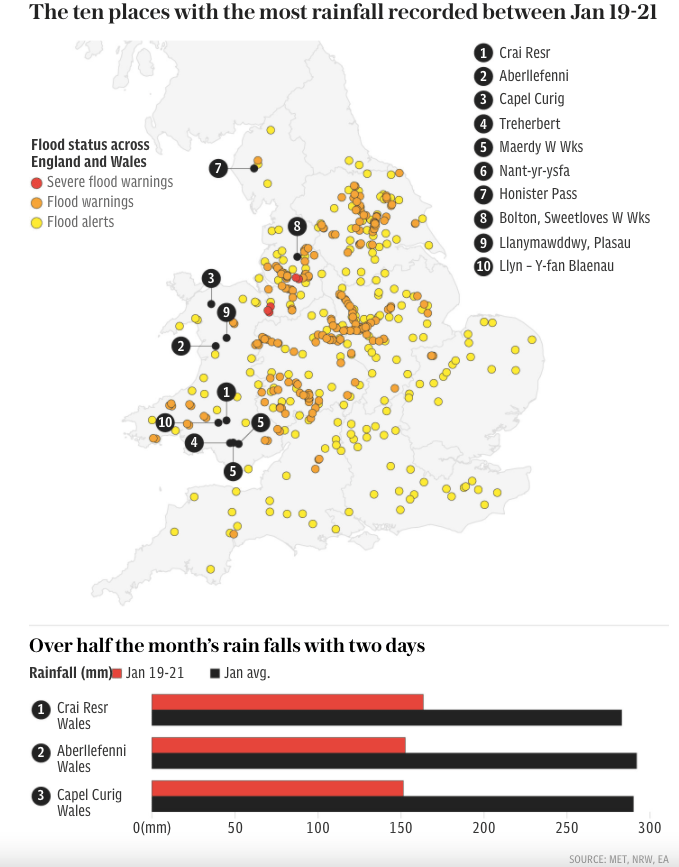
Storm Christoph rainfall and flood warnings – source
Preparation for Storm Christoph
An Amber National Severe Weather Warning for rain was issued for parts of northern and central England. Separate Yellow warnings for rain, wind, snow and ice covered large areas of England, Scotland, Wales and Northern Ireland.
The Environmental Agency and Met Office issued a series of warnings about Storm Christoph.
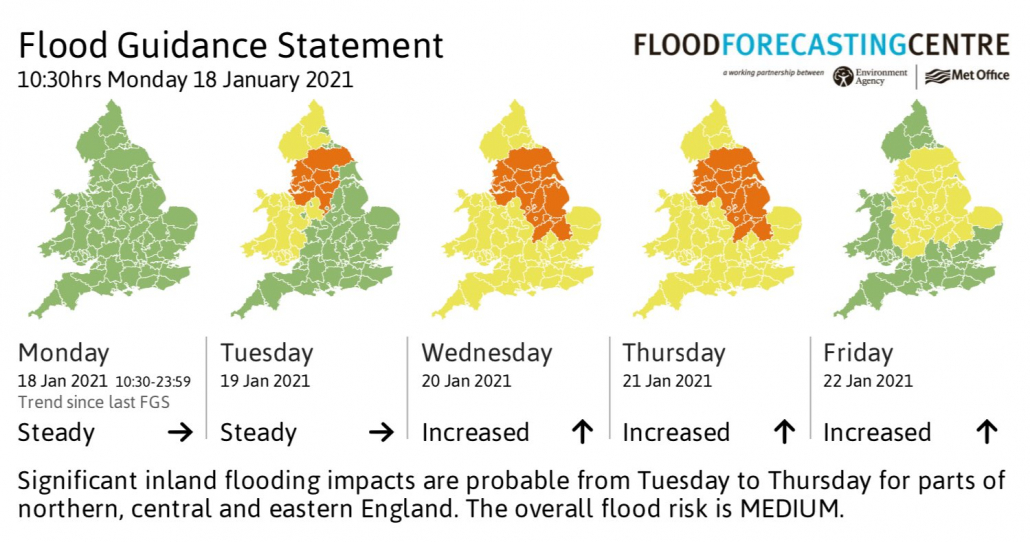
Flood Guidance Statement issued by the EA and Met Office
More than 400 flood warnings and alerts were issued across England. In Wales, 15 flood warnings and 53 flood alerts were in place.
The Prime Minister, Boris Johnson, advised people to act if instructed to evacuate.
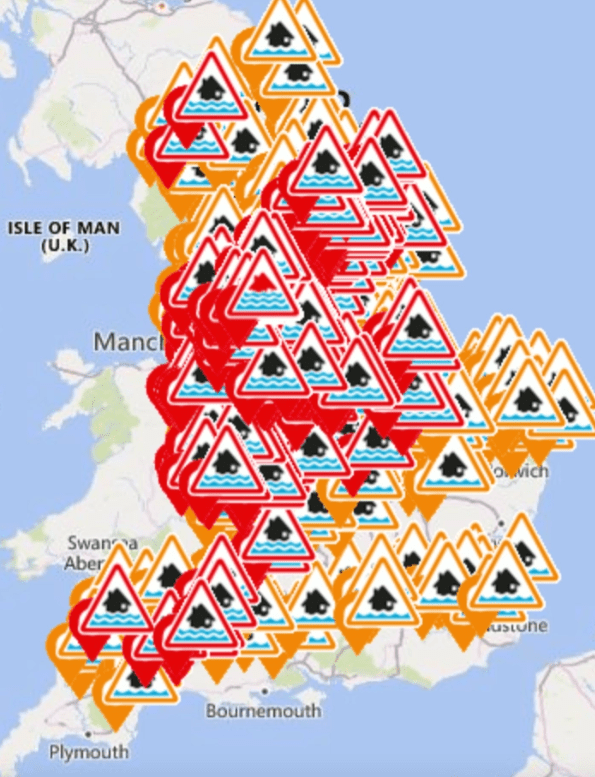
Storm Christoph flood warnings
Local authorities issued warnings to local residents.
Officers from Wigan Council, Greater Manchester Police, Greater Manchester Fire & Rescue Service and health services have worked together to respond to hundreds of calls and mitigated dozens of flooding incidents this week as a result of #StormChristoph pic.twitter.com/qiTSUCzOPx
— Wigan Council (@WiganCouncil) January 21, 2021
Several steps were taken to prepare areas previously affected by flooding. Fishlake, near Doncaster, was one of the worst affected areas in floods in November 2019. On Tuesday 19th January, residents readied themselves for their village to flood a second time in just over two years.
Many villagers had only been able to return to their homes for a matter of weeks, and some still haven’t managed to move back.
Doncaster Council said it had delivered 40,000 sandbags around the area since a flood alert was first issued.
Over 200 council staff in Fishlake joined with residents and volunteers to distribute sandbags days before Storm Christoph arrived, with each home receiving up to twenty.
A major incident was declared in South Yorkshire on Monday, with more than 40,000 sandbags distributed in flood-risk areas and a barrier built around a Covid vaccination centre in Mexborough.
In South Yorkshire, some roads were closed due to flooding, but no major incidents were reported. Flood wardens said improved flood defences and a changing forecast lessened the storm’s impact.
What were the effects of Storm Christoph?
Areas of the UK was hit by heavy rain, snow and flooding that has led to towns and villages being cut off and a major incident declared in South Yorkshire and Greater Manchester.
The northwest of England and the north of Wales were some of the worst affected areas as properties submerged as rivers burst their banks, and drainage systems failed to cope with the torrential downpours brought by Storm Christoph.
#StormChristoph is expected to bring up to 200mm of rain for parts of the UK this week. Stay in touch with the forecast here: https://t.co/iy7JDPLcWC pic.twitter.com/Bp4aKVCi9A
— BBC Weather (@bbcweather) January 18, 2021
The Cheshire village of Lymm, a village of 12,000 people located 7 miles away from Warrington, experienced flooding. However, this was not on the same scale as the floods of November 2019. Although fewer than a dozen homes were submerged in the end, for many of those, it was the second such disaster in less than two years.
Around 400 homes were flooded as a result of Storm Christoph, the Environment Agency has confirmed.
Around 26,000 homes were protected from the various flood defence assets distributed by the Environment Agency. 600 people were on the ground, putting up temporary barriers, using pumps in Manchester areas with particular flood challenges.
Firefighters and police evacuated 2,000 homes and businesses in south Manchester on January 20 with 3,000 properties said to be at risk.
Houses on Walmer Street in Abbey Hey, Manchester fell into a giant sinkhole following heavy rainfall.
In Maghull in Merseyside and Ruthin, North Wales, families were also forced out of their homes due to rising floodwaters.
Travel suspensions were placed on services from Carlisle to Skipton or Maryport, all destinations from Rotherham Central, and between Manchester and Newton le Willows.
Rail services between Warrington Central and Liverpool Lime Street, Altrincham to Chester, and Wigan to Southport were also suspended. Rail services between Leeds and York via Garforth were disrupted due to flooding in the Garforth area, with bus services replacing trains throughout the day.
In South Wales, water built up in a mine shaft causing a “blow out” that flooded properties in Skewen, Neath Port Talbot. At least 80 people had to leave their homes in the village after flooding.
North Yorkshire County Council said more than 15,000 sandbags were at the ready around the county.
Flood plains near Cawood in North Yorkshire, have been storing vast amounts of water as rivers rose rapidly following Storm Christoph’s heavy rainfall. These are shown in the video below.
A Covid-19 testing centre at Meadowhall in Sheffield was closed until Friday 22nd January due to the risk of flooding.
As water moves through drainage basins, monitoring is ongoing in low-lying areas.
Insurance losses from Storm Christoph are predicted to be between £80million and £120million.
How does washing your clothes lead to plastic pollution in the Arctic?
Every time we do the laundry, hundreds of thousands of tiny fibres – known as microfibres – are washed off our clothes, down the drain and into the environment.
Recent research has found high levels of microplastic fibres polluting the Arctic Ocean. These fibres most likely come from washing synthetic clothes in Europe and North America.

In Canada, the Ocean Wise Conservation Association found microplastics in 96 of 97 seawater samples taken from across the polar region. Ninety-two per cent of the microplastics found are fibres, and 73% originate from polyester clothing. The majority of the samples collected were from 3-8 metres below the surface, where much marine life feeds.
The 3-8m layer of seawater is a biologically important area where we find phytoplankton, zooplankton, small fish, big fish, seabirds and marine mammals, looking for food. Large animals such as turtles, albatross, seals and whales die through eating plastic, and there is no reason to think it was different for the smaller ones.
Another study by Ocean Wise in 2019, estimated 3,500tn plastic microfibers from clothes washing in the US and Canada end up in the sea each year; the equivalent in weight to over 20 blue whales!
As well as the fibres found at the North Pole, plastic exists at the deepest point on Earth, the Mariana Trench, and Mount Everest’s peak. Plastic injures wildlife when it is mistaken for food. People also consume microplastics through food and water and breathe them in. However, the health impact of this consumption is not currently known.
Most of the water that flows into the Arctic comes from the Atlantic Ocean. The new research has found more microplastic fibres nearer the Atlantic, than the Pacific Ocean. As you can see from the map showing ocean current below, the North Atlantic Drift transports microplastics released into the North Atlantic.
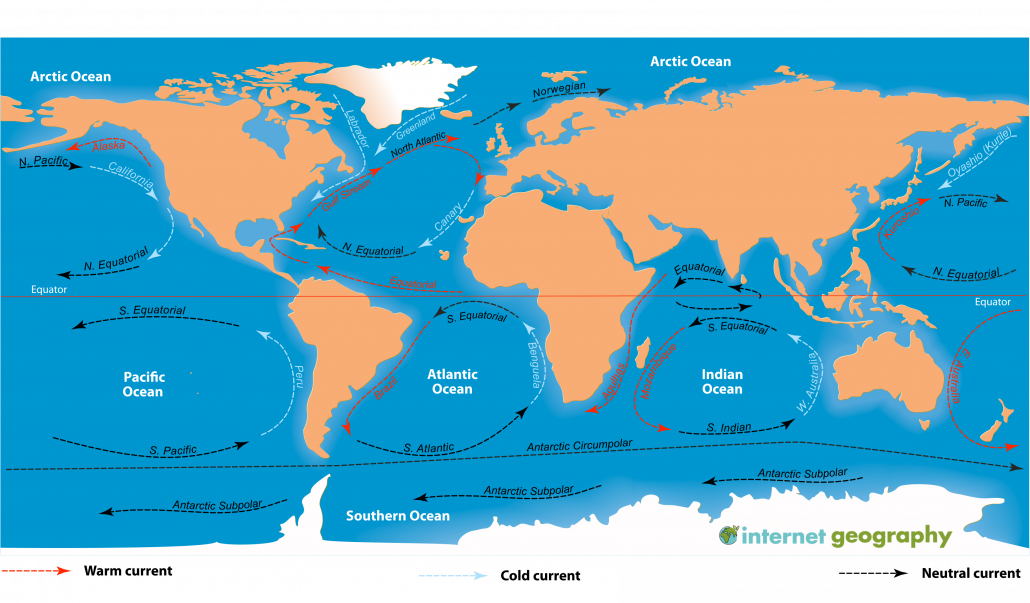
Major ocean currents
What is the Impact of ocean life ingesting microplastics?
Research by The University of Exeter has shown that tiny marine animals called zooplankton, a vital food source for many larger animals like fish and whales, can eat microplastics. When Zooplankton eat microplastics they consume less of their normal food, meaning they get less energy from their diet. This leads to less energy for growth and reproduction. At this point, the microplastics enter the food chain.
As larger animals consume plankton, the concentration of plastic increases. Chemicals attached to microplastics can increase liver toxicity and other pathological changes.
Microfibers fill the bellies of fish, and, while the plastic remains in their guts, the toxins that microfibers contain can migrate into fishes’ flesh, consumed in turn by humans. Researchers found that about 25 percent of individual fish and 67 percent of all species intended for human consumption contained plastic debris, the majority being microfibers.
There is the potential for microfibers to have a negative impact on the fishing industry in the future. Catches may decline due to a breakdown in the ocean food chain. Additionally, demand for seafood may reduce as people become more aware of the impacts of microfibers.
There are, however, economic opportunities in finding solutions to reducing microfiber emissions in the design of innovative laundry traps.
What can we do to reduce the release of microplastic into the sea?
We all have a role to play in reducing microplastic levels in our oceans. As consumers, we can:
- wash clothes less often (give them the sniff test before putting them in the wash!)
- air dry clothes rather than using the tumble drier. This is because tumble drying weakens clothes and makes them more likely to shed microplastics when washed.
- choose clothes made from natural fibres such as cotton
- fill our washing machines (the more room clothes have the more likely microfibres will break off)
Population Changes in South Korea
Population Changes in South Korea
South Korea’s birth rate has fallen for the first time in its history. As a high-income country, South Korea is battling an ageing population and low birth-rates.
An ageing population is when more people than ever live longer, often with more complex medical conditions. An ageing population increases the dependency ratio and means that the government has to pay more in benefits to people who often do not have the ability to pump money back into the economy.
The latest census (a count of all people and households) figures indicate South Korea’s total population stood at 51,829,023 at the end of December 2020. This is a reduction of 20,838 from the previous year.
Over the previous decade, South Korea’s population had increased every year, although that growth rate had decreased by 1.49% in 2010 to 0.05% by 2019.
During 2020 the country recorded 275,815 births in 2020, compared with 307,764 deaths.
If current trends persist, the government predicts South Korea’s population will drop to 39 million by 2067, when more than 46% of the population will be aged over 64.
Demographic transition
The animation below shows changes in South Korea’s population structure between 1950 and 2019. The animation clearly shows an increase in life expectancy (more people living to an older age) and a decrease in the proportion of younger people (as the birth rate decreases).
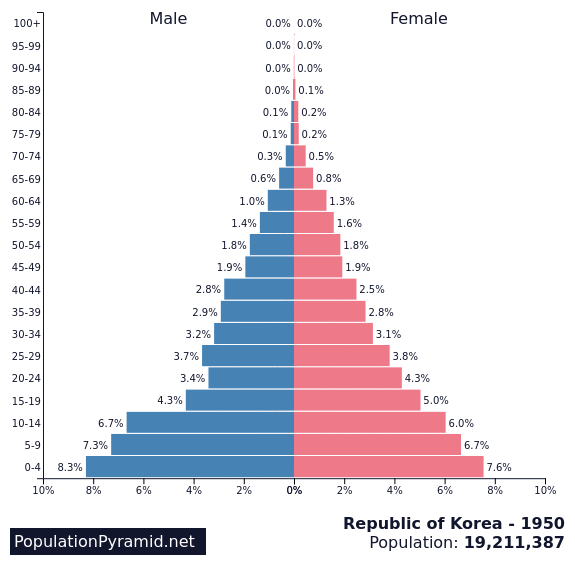
South Korea is undergoing an extreme, rapid example of what demographers (people who study population) call ‘demographic transition’. This is a period of population growth, decline and eventual stabilisation that occurs as countries get richer. For South Korea, this means both a large, rapidly ageing population and a low marriage and birth rate that don’t adequately replace the dying generations.
The demographic transition model attempts to show the population changes a country experiences as it develops.
In later stages of the demographic transition, health care improvements generally lead to a population with an extended life expectancy. That is exactly what is happening in South Korea, where life expectancy has increased rapidly in the second half of the 20th Century amid industrialisation.
In the first half of the 1950s, life expectancy was just shorter than 42 years on average (37 for men, 47 for women). Today, the numbers look radically different. South Korea now has one of the world’s highest life expectancies – ranked twelfth highest for 2015-2020, equal with Iceland. The average baby born in South Korea can now expect to live to 82 years (specifically 79 for men, and 85 for women).
In contrast, the global average is 72 years (nearly 70 for men, 74 for women).
In 1950, less than 3% of the population were aged 65 and over. Today, that number is at 15%. By the mid-2060s, the UN forecasts the percentage of those older than 65s will peak at more than 40%. The numbers paint a picture of a very aged society.
And with low birth rates, fewer marriages and longer lives, the trends combine to create a South Korean population that is actually ageing faster than any other developed country.
Why is South Korea’s population in decline?
South Korea has the lowest fertility rate in the world.
The average South Korean woman has just 1.1 children, lower than any other country. (For contrast, the global average is around 2.5 children.) This rate has been declining steadily: between the early 1950s and today, the fertility rate in South Korea dropped from 5.6 to 1.1 children per woman.
One reason for this is because, in South Korea, women struggle to achieve a balance between work and other life demands.
It has been suggested there is increasing opposition among South Korean women to conform to traditions of raising children and caring for ageing in-laws while husbands work.
South Korean women aren’t simply choosing to have fewer children – some are opting to forego romantic relationships entirely. An increasing number are choosing never to marry at all, turning their backs on legal partnerships – and even casual relationships – in favour of having independent lives and careers in what can still be a sexist society despite economic advances.
Soaring house prices are another major issue. Rapidly rising property prices mean a greater proportion of income is spent on mortgages. Also, young couples are put off having children because they are expensive to raise.
What issues are associated with a declining, ageing population?
Apart from increased pressure on public spending as demand for healthcare systems and pensions rise, a declining youth population also leads to labour shortages that directly impact the economy.
What is South Korea doing to address the issue of a declining, ageing population?
Like Japan, which also has a declining population, the government is under pressure to address the long-term issues caused by a rapidly ageing society.
The South Korean government recently announced initiatives to encourage couples to have bigger families, including a one-off payment of 1m won (£675) for pregnant women and monthly cash allowances for children aged under 12 months.
However, critics say the measures do little to tackle much bigger financial obstacles to having more children, such as high education and housing costs.
New Sea Defences at Withernsea
Through the support of Internet Geography Plus subscribers, we can bring you up to date case study information such as this. Please consider supporting us with an Internet Geography Plus subscription.
Withernsea is a town located on the Holderness Coast in the East Riding of Yorkshire.
The front of Withernsea has extensive coastal defences including a sea wall, groynes and rock armour. To the south of Withernsea, the sea defences have been extended several times using rock armour. Beyond the sea defences, rates of erosion have increased because beach material is not being replaced as groynes trap sediment being transported by longshore drift along the front of Withernsea. As the beach in this area is very gently the North Sea reaches the base of the cliffs even during neap tides, leading to increased cliff erosion. This stretch of land is some of the most rapidly eroding along the Holderness Coast.
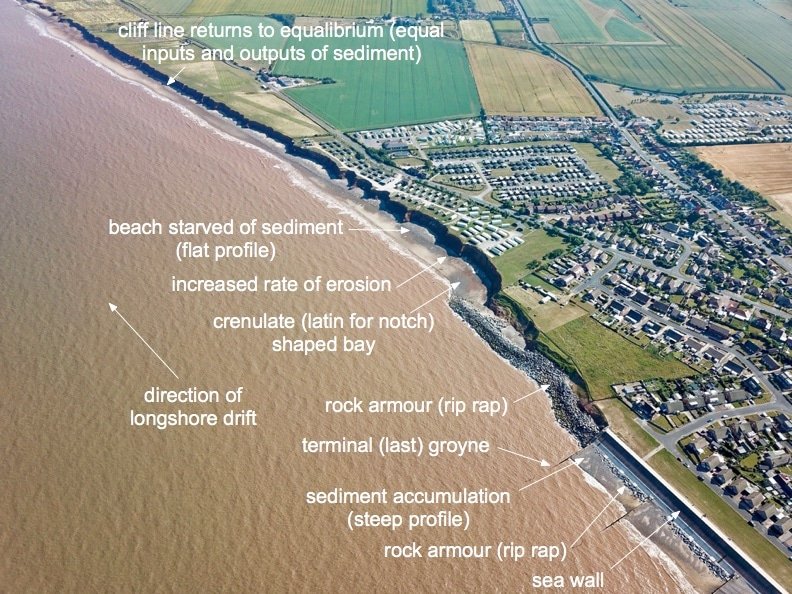
Withernsea – Terminal Groyne Effect (image was taken prior to the extension of rock armour in 2020)
The increased rate of erosion has led to the rapid loss of land, particularly along the front of the Golden Sands Holiday Park. More than 20-holiday homes have had to be either demolished or moved in the last few years. Also under threat is the main road connecting the village of Holmpton to the town of Withernsea.
Erosion on this section of the Withernsea coastline has historically been at an average of around 4m per year, but in recent years this has increased to approximately 6m per year in places, with 2019 seeing around 12m of erosion opposite the frontage of the Golden Sands Holiday Park.

Erosion at Golden Sands Holiday Park between 2018 and 2020
To protect Holmpton Road, local houses and businesses being lost to coastal erosion, new sea defences have been installed. Four hundred metres of rock armour has been installed along this stretch of coast. During 2020 just under 70,000 tonnes of anorthosite, a rock similar to granite, was transported from Norway to the site off Golden Sands Holiday Park. The project will protect about 70 homes and more than 250-holiday chalets and static caravans.
A £3m grant, which allowed the £7 million scheme to go ahead after other bids had failed, was provided by the European Regional Development Fund at the end of 2019.
The rock was transported from the quayside quarry in Rekefjord, on the southern coast of Norway, in 5000-tonne shipments by barge. The rocks were then dropped from the barge using heavy machinery when weather conditions were favourable. When the tide went out the rock was then transported up the beach.
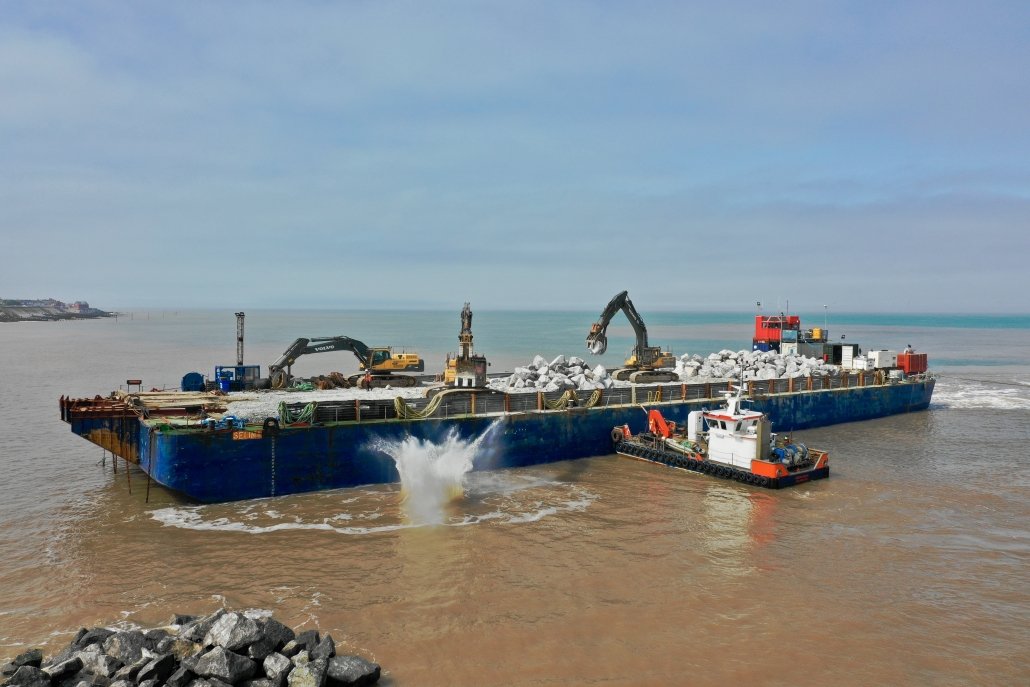
Rock being dropped from a barge
The majority of the rocks weigh between six and ten tonnes, but some reached as much as fifteen tonnes. The boulders were used to create an interlocking rock structure, designed to prevent the sea from eroding the cliffs. This is thought to be amongst the largest used in such defences around the UK.
Rocks of this size were required to withstand the rough seas that this stretch of coastline can experience, both now and in future, should climate change produce the expected worsening of sea conditions. Rock armour is an interlocking but porous structure that has proven to be effective at withstanding wave action, which is the primary cause of the areas rapid coastal erosion.
The cliffs to the south of Withernsea have been re-profiled, and rock armour has been placed onto the newly gently sloping cliffs and along their base.
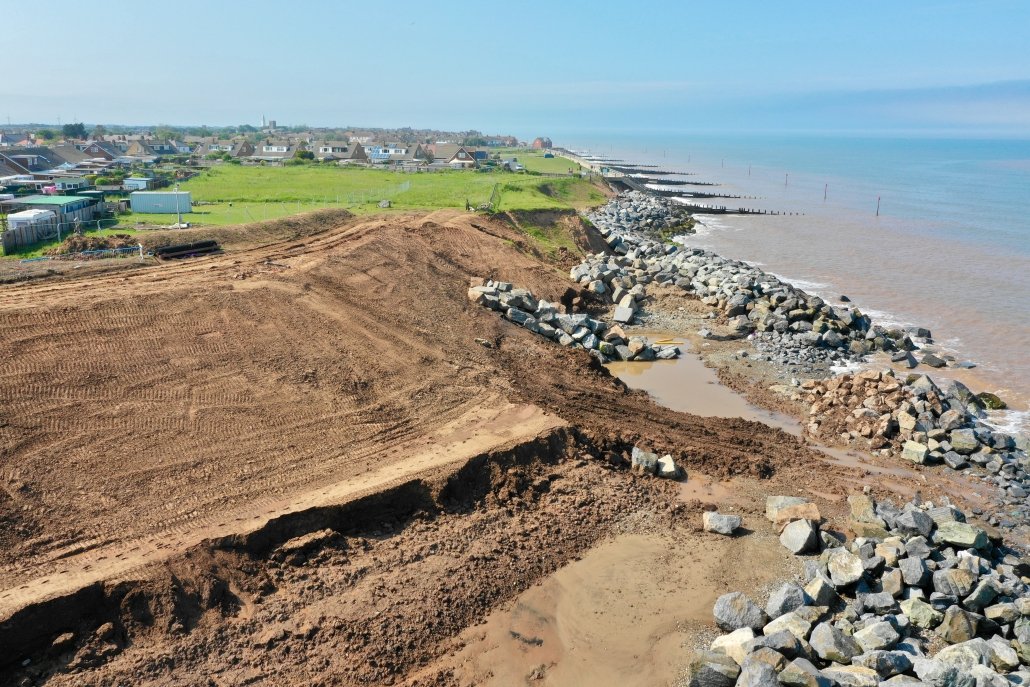
Cliff reprofiling and the first installation of rock armour
Construction started in May 2020 and was completed on 17th December 2020.
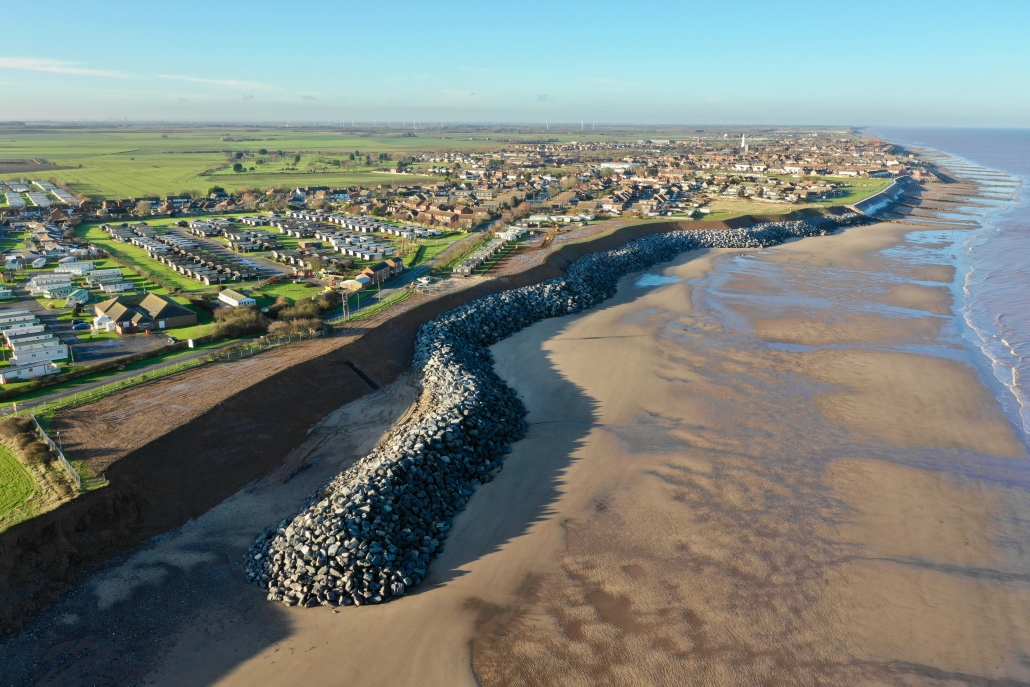
Completed coastal defences at Withernsea on 17th December 2020.
It may take some time for aerial images on Google Maps to update to include the new rock armour at Withernsea, However, the image below shows the beachside outline of the new defences. In some places, the rock armour is 30m wide!
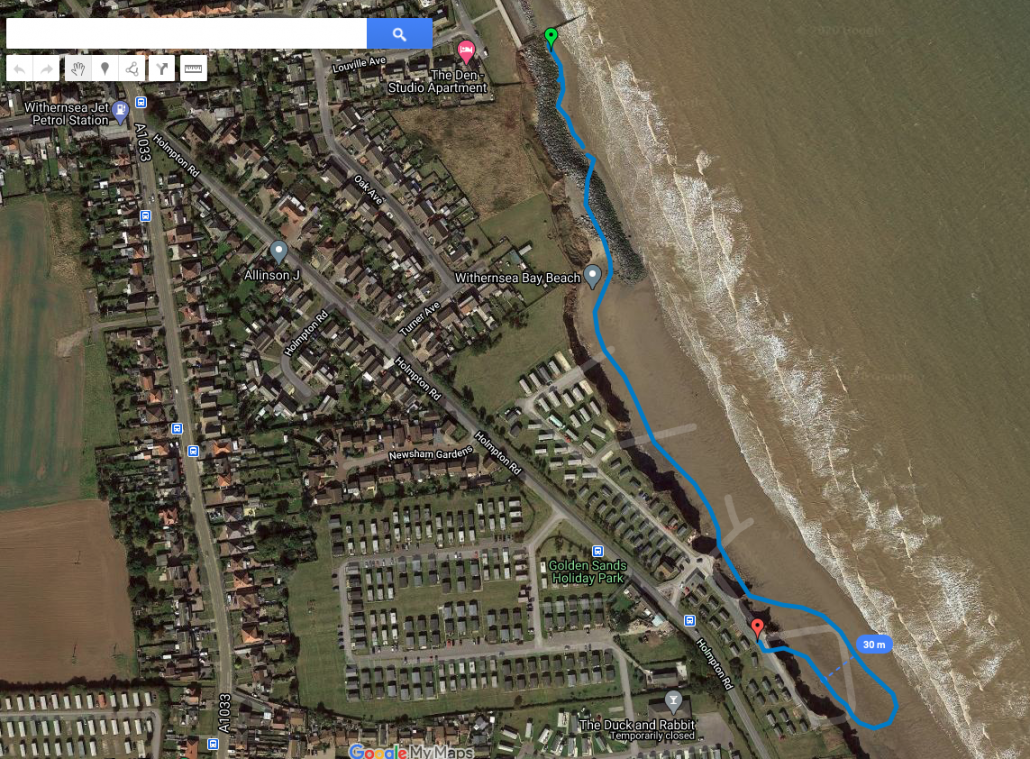
GPS outline of the new defences at Withernsea
Rates of erosion are expected to increase to the south of the new defences.
Photo gallery
This gallery will be updated over the coming months. Feel free to use these images in your classroom. Please remember to credit www.internetgeography.net. If you would like to use these images in the public domain or for commercial purposes, please contact us.
Typhoon Hagibis Online Resources
Typhoon Hagibis has brought deadly flooding and landslides to large parts of Japan.
Hagibis – meaning “speed” in the Philippine language Tagalog – is Japan’s biggest typhoon in six decades.
It hit the Izu Peninsula, south-west of Tokyo, shortly before 19:00 local time (10:00 GMT) on Saturday, before continuing to move up the eastern coast of Japan’s main island.
Typhoons
Hurricanes, typhoons and cyclones: What’s the difference?
Cause of Typhoon Hagibis
Japan gets ready for Typhoon Hagibis – BBC Newsround
Typhoon Hagibis bears down on Japan
Preparation for Typhoon Hagibis
Japan orders evacuations as Typhoon Hagibis arrives – The Guardian
Government preparing for Typhoon Hagibis – Japan Times
Impact of Typhoon Hagibis
Typhoon Hagibis: Storm biggest to hit Japan in decades – BBC
Typhoon Hagibis: Japan suffers deadly floods and landslides from the storm – BBC
Typhoon Hagibis in pictures by the BBC
Rains, tornado, earthquake: Typhoon Hagibis forecast to be Japan’s worst in 6 decades – USA Today
Typhoon Hagibis: Japan deploys military rescuers as deadly storm hits – BBC
As Typhoon Hagibis apprached Japan a magnitude 5.3 earthquake shook southern Japan. The earthquake and the typhoon were seperate events and were not linked.
Typhoon Hagibis Slams Into Japan After Landslides, Floods and a Quake
Immediate Response to Typhoon Hagibis
Rugby World Cup 2019: Canada players help recovery effort after Namibia match cancelled – BBC Sport
Typhoon Hagibis: Japan deploys military rescuers as deadly storm hits – BBC
Other resources
Geography in the News Quiz – September 2019
Have you got what it takes to smash our September 2019 geography in the news quiz?
Name the hurricane that devastated the Bahamas in early September.
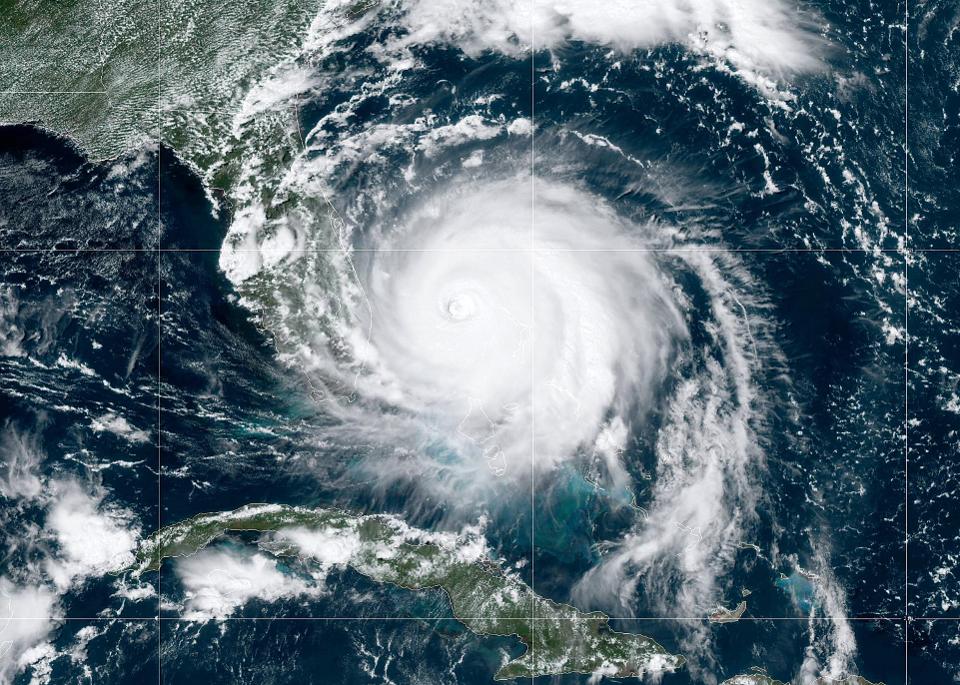
Which member of the royal family announced his use of carbon off-setting in early September?
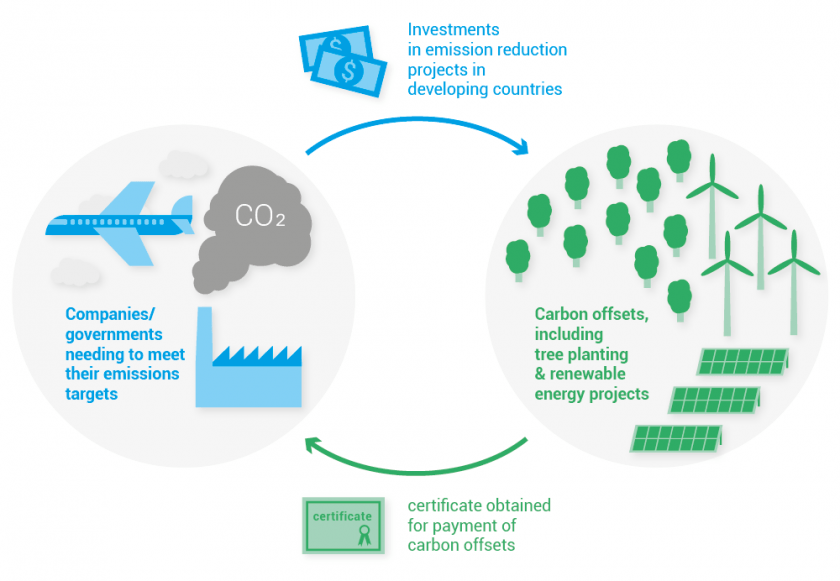
The Duke and Duchess of Sussex practise carbon offsetting in their private travel. Carbon offsetting allows passengers to pay extra to help compensate for the carbon emissions produced from their flights.
Below is a headline from an article on the Independent news website. Identify the missing words. The Chernobyl effect? Tourism booming in _____________ ______________ as visitors pile in to see town almost flooded off the map
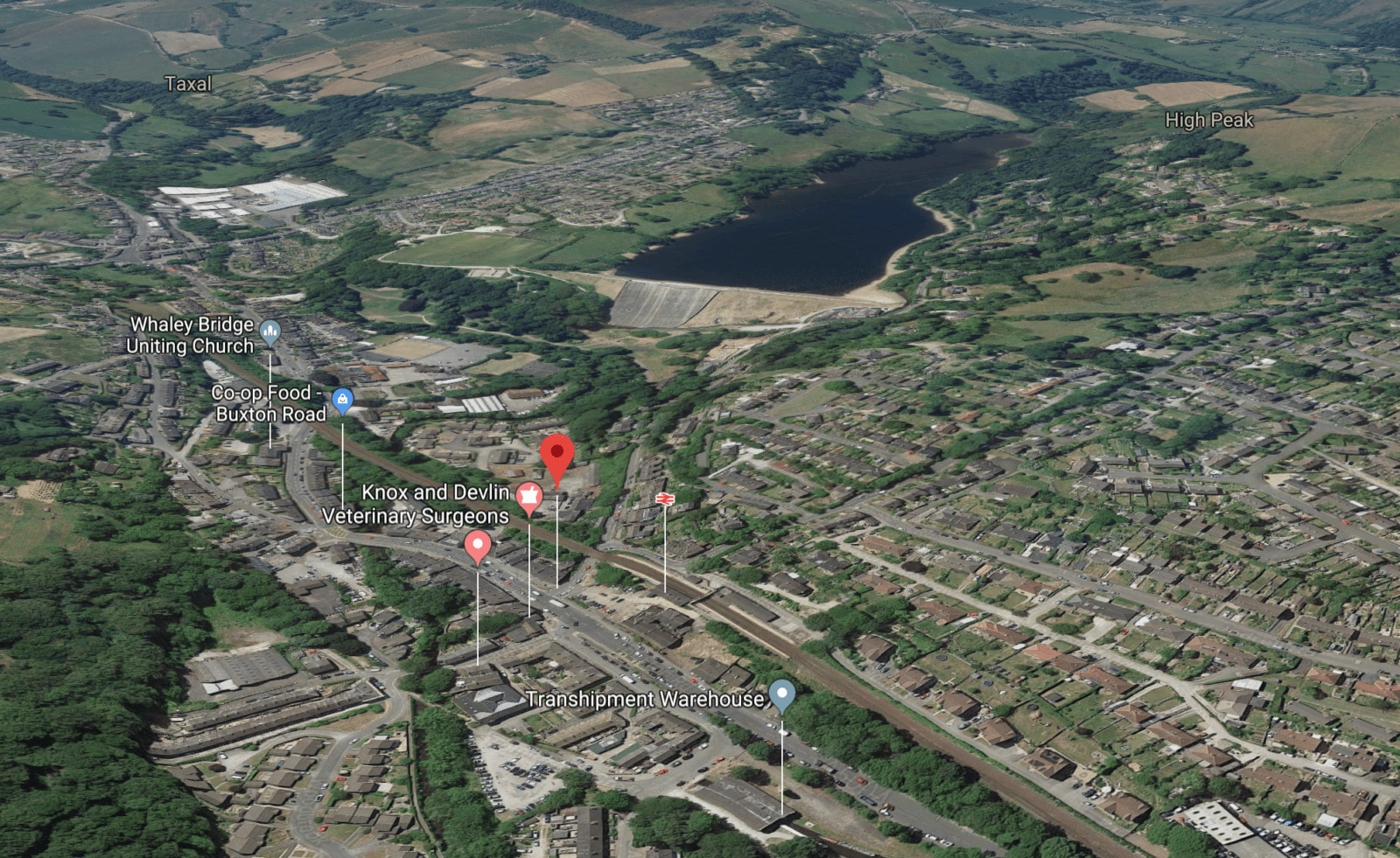
Returning to Hurricane Dorian, who used a sharpie to attempt to defended his false claim that Hurricane Dorian was likely to hit Alabama?
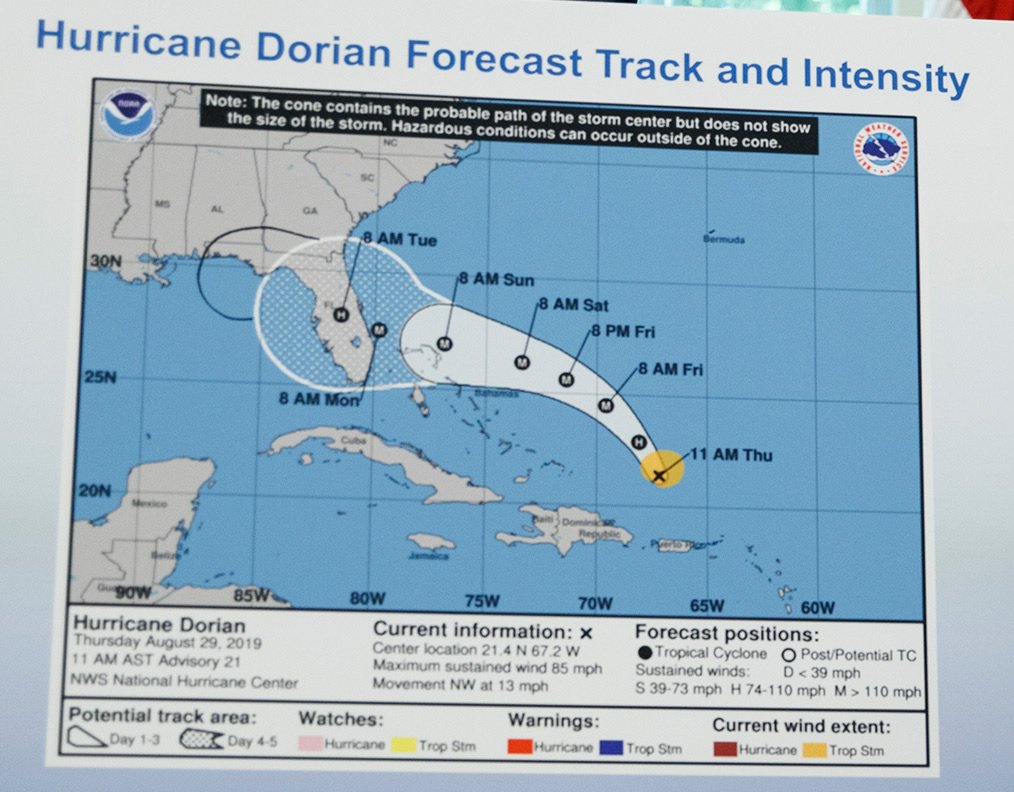
President Donald Trump was the one who used a black Sharpie marker to alter an official National Oceanic and Atmospheric Administration map to include Alabama in Hurricane Dorian's trajectory during an Oval Office presentation earlier this week, The Washington Post reported.
Future global food supplies could be under threat due to declining supplies of which mineral?

According to the Independent 'phosphate fertiliser 'crisis' threatens world food supply'. The use of essential rock phosphate has soared, but scientists fear it could run out within a few decades.
Advertisement
Which country's mountain lost its highest peak title due to global heating?

The mountain peak known to Swedes as their country’s highest can no longer lay claim to the title due to global heating, scientists have confirmed, as the glacier at its summit shrinks amid soaring Arctic temperatures.
Which area of the UK exceeded its renewables target for electricity a year ahead of time?
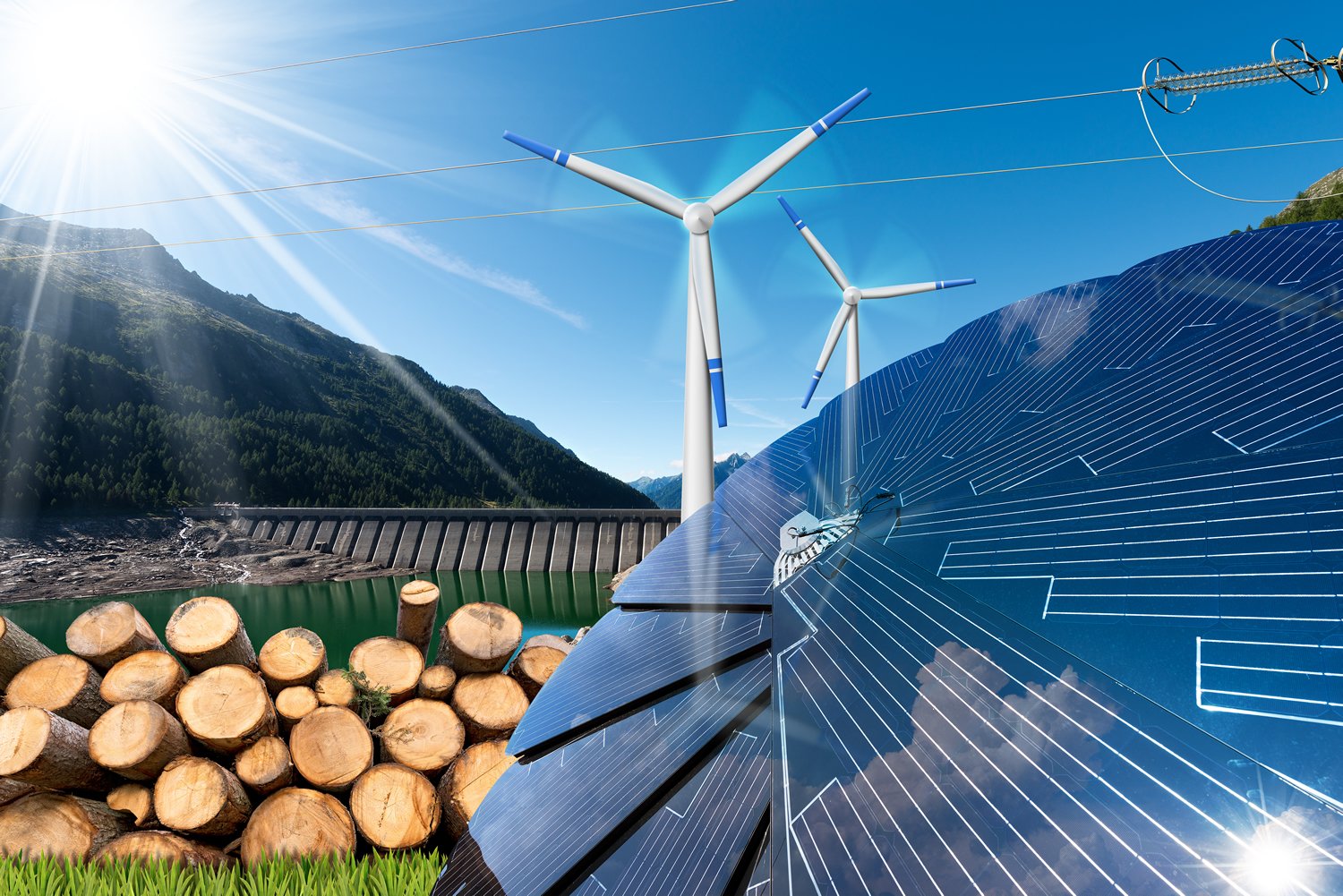
A Stormont target on electricity from renewables has been exceeded a year ahead of time. The target was for 40% of power in Northern Ireland to be generated from renewable sources by 2020. But statistics published early in September show that for the 12 months to June 2019, the figure stood at 44%, the vast bulk of which was generated by wind.
On the 26th September 2019 a city-sized iceberg separated from which ice shelf?
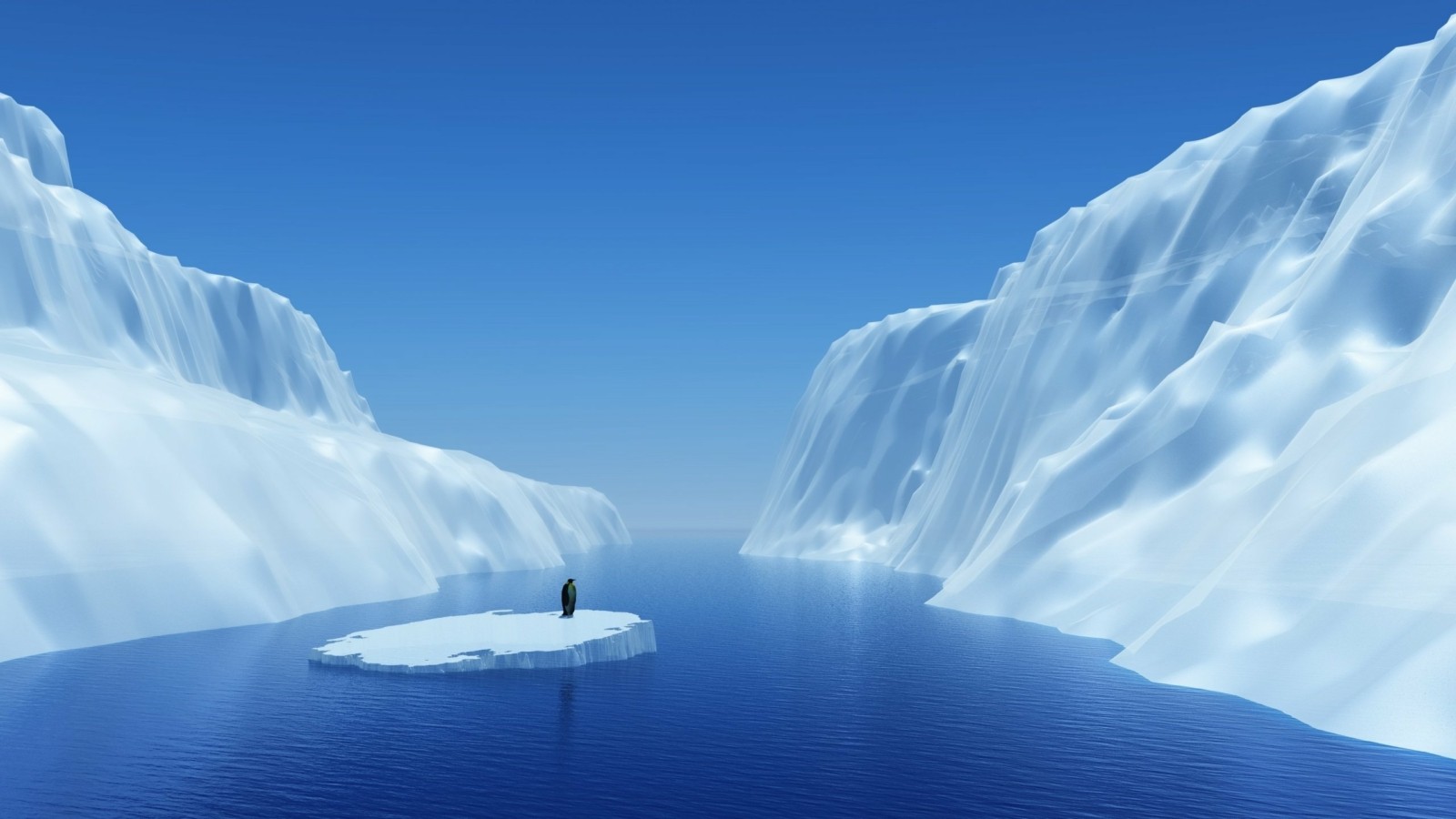
Which hurricane broke the record for the strongest storm to reach the north and east of the Atlantic Ocean?

"The eyes of all future generations are upon you. And if you choose to fail us, I say - we will never forgive you." Who said this in a speech in September 2019.

Advertisement
Scientists believe a giant floating island of pumice could help restore which ecosystem?
 The Guardian
The Guardian
Scientists believe a giant floating island of pumice could help restore Australia’s Great Barrier Reef. The pumice came from an underwater volcano that erupted near North Tonga and formed a floating island about the size of Manhattan. As it heads towards Australia’s northeastern coast, scientists say living organisms will hitch a ride on the pumice and bring new life to the ailing coral reefs.
David Attenborough made a plea to save which natural environment in the UK?
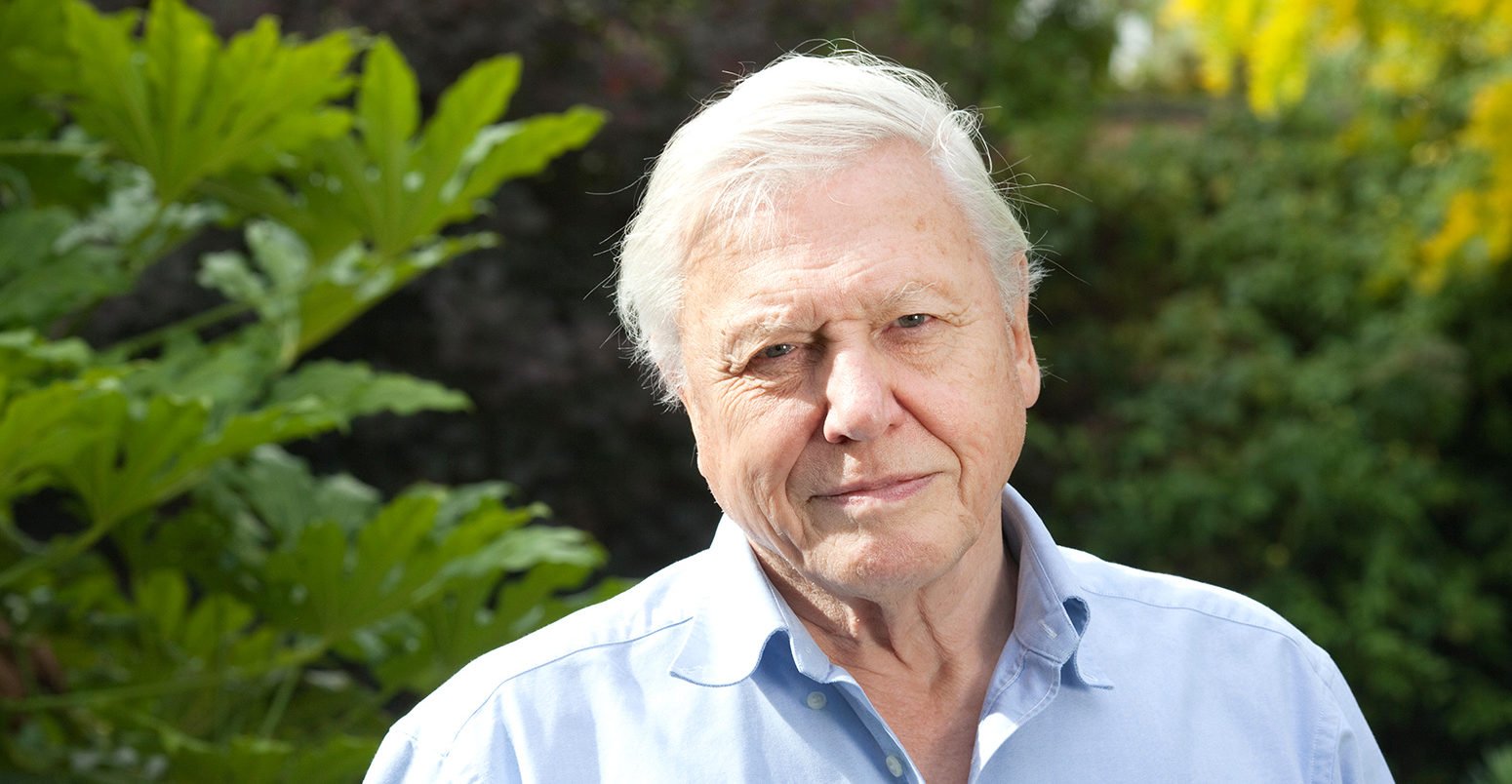
Sir David has backed an initiative by the Sussex Wildlife Trust and the Inshore Fisheries and Conservation Authority to introduce an inshore trawler exclusion zone to help the kelp regenerate.
The UK's new polar research ship, which was nearly named Boaty McBoatface after an online poll, was named after which person?

On what date did millions of people around the world take part in the first "climate strike" day?

Research published in September suggests what 'leaks billions of microplastics'?

Advertisement
Which country experienced a 5.8 magnitude earthquake on the 25th September 2019?
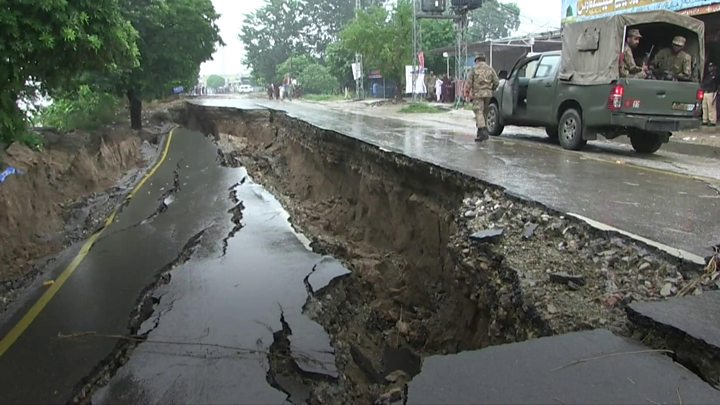 BBC
BBC
A report from the Intergovernmental Panel on Climate Change (IPCC) warns that melting ice from Greenland, Antarctica and glaciers elsewhere is driving up sea levels across the globe. According to researchers how many people are predicted to be living in coastal areas at risk of flooding by the end of the century?
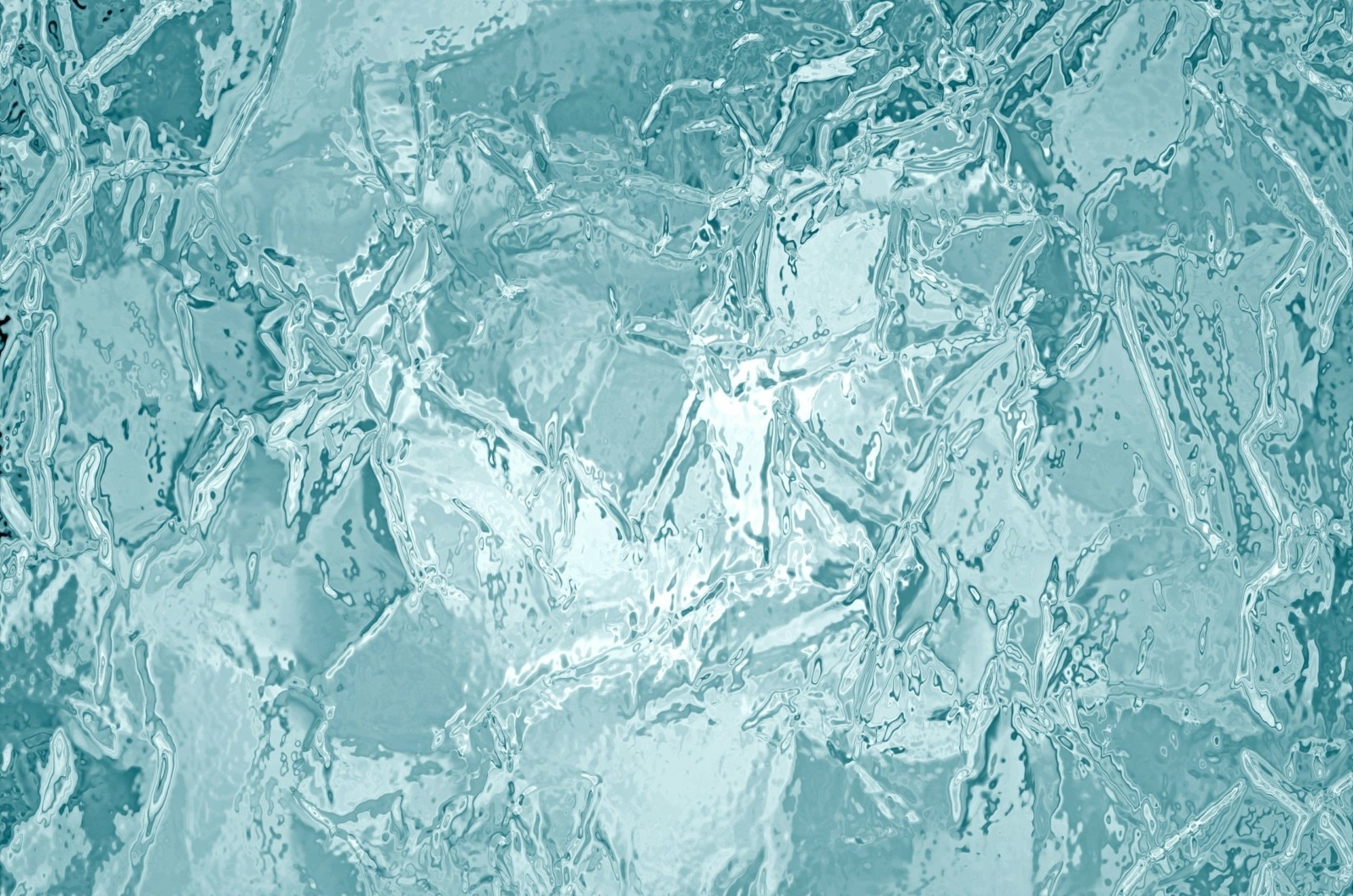
True or false? The governing body of European football says it's going to plant 50,000 trees in the Republic of Ireland to offset emissions from people travelling to Euro 2020 matches.
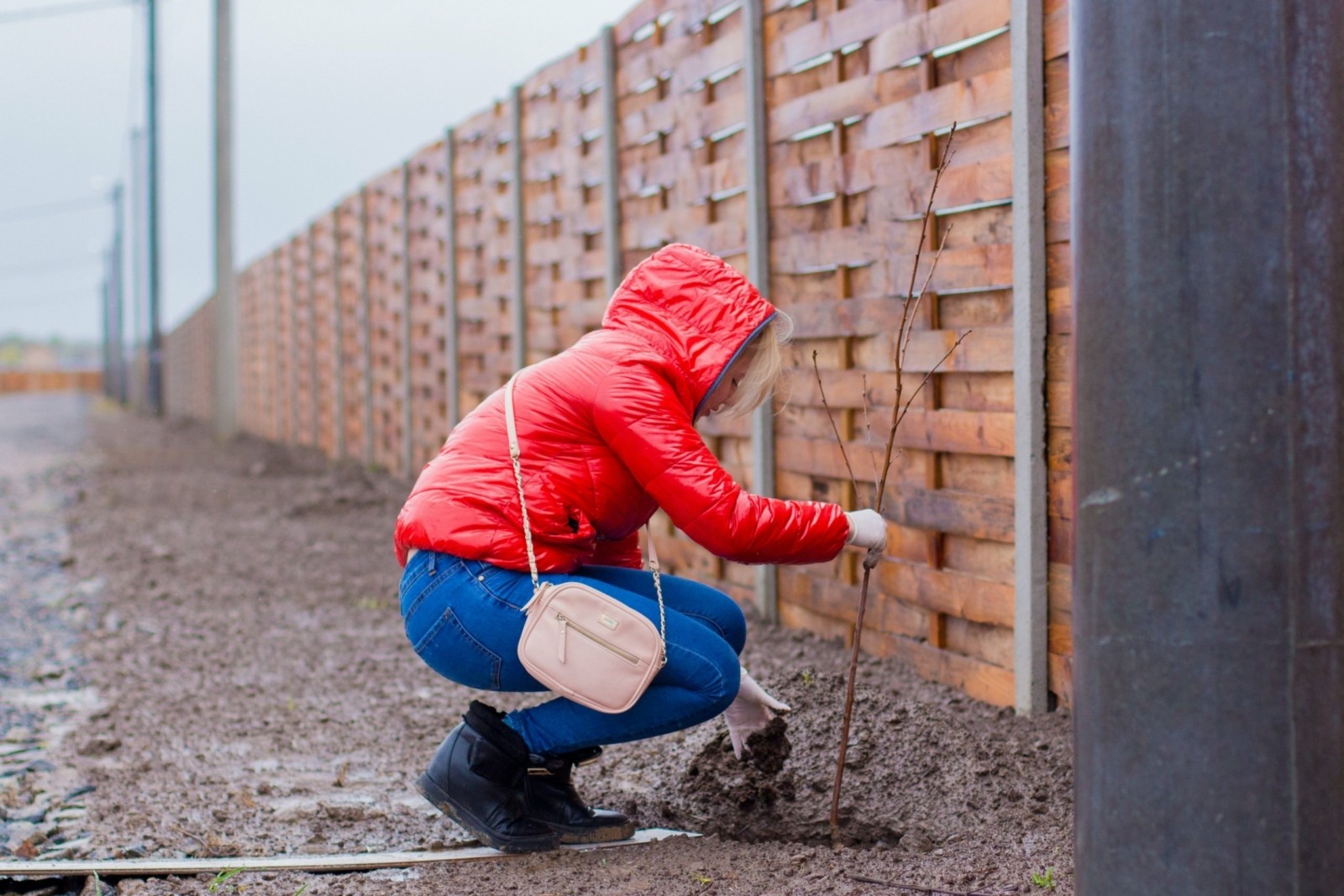
There were fears in September that a glacier could collapse on which European mountain?
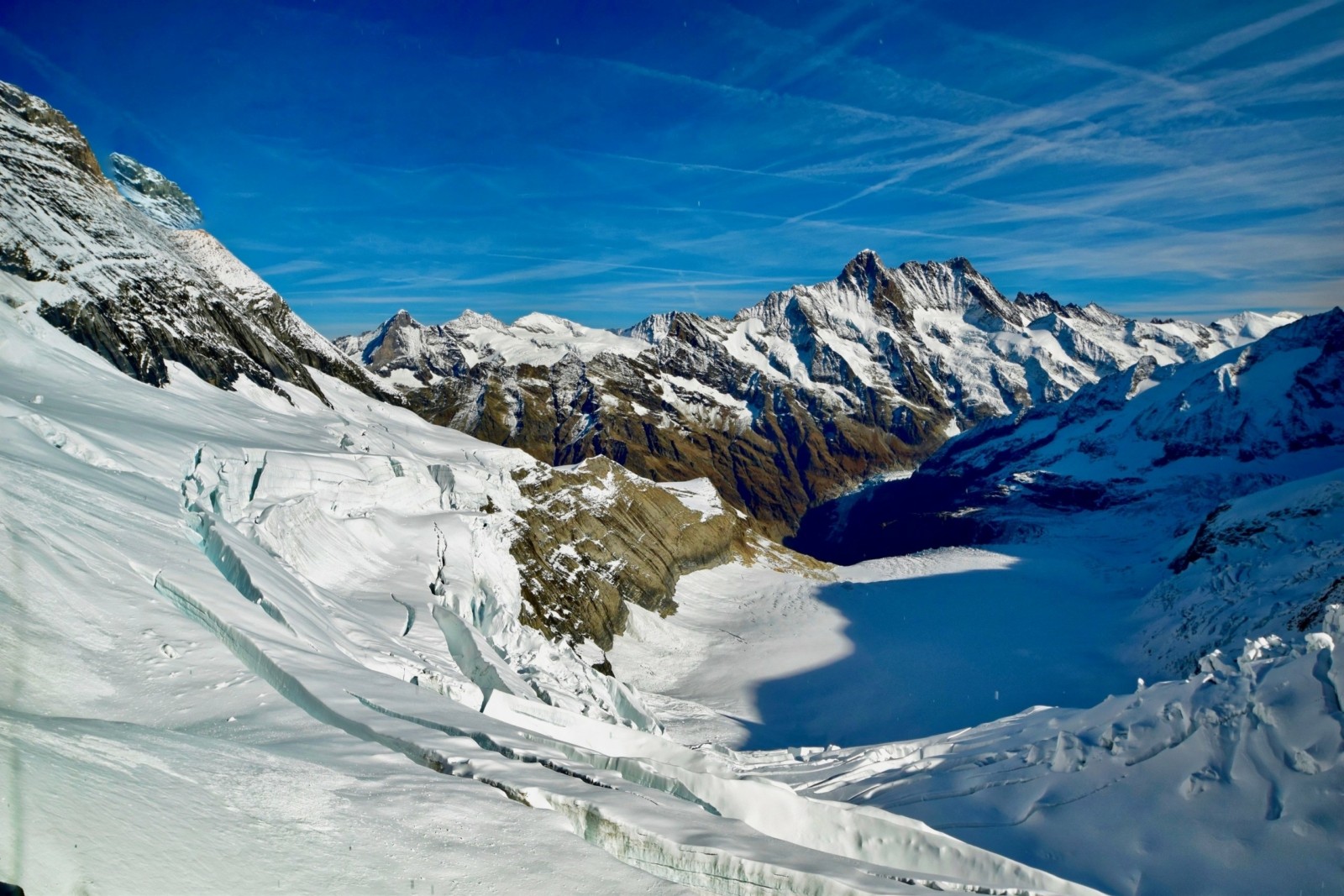
Which new "life-saving" app was used by a Scottish ambulance crew to establish the location of an injured hillwalker?




Share your Results:

